
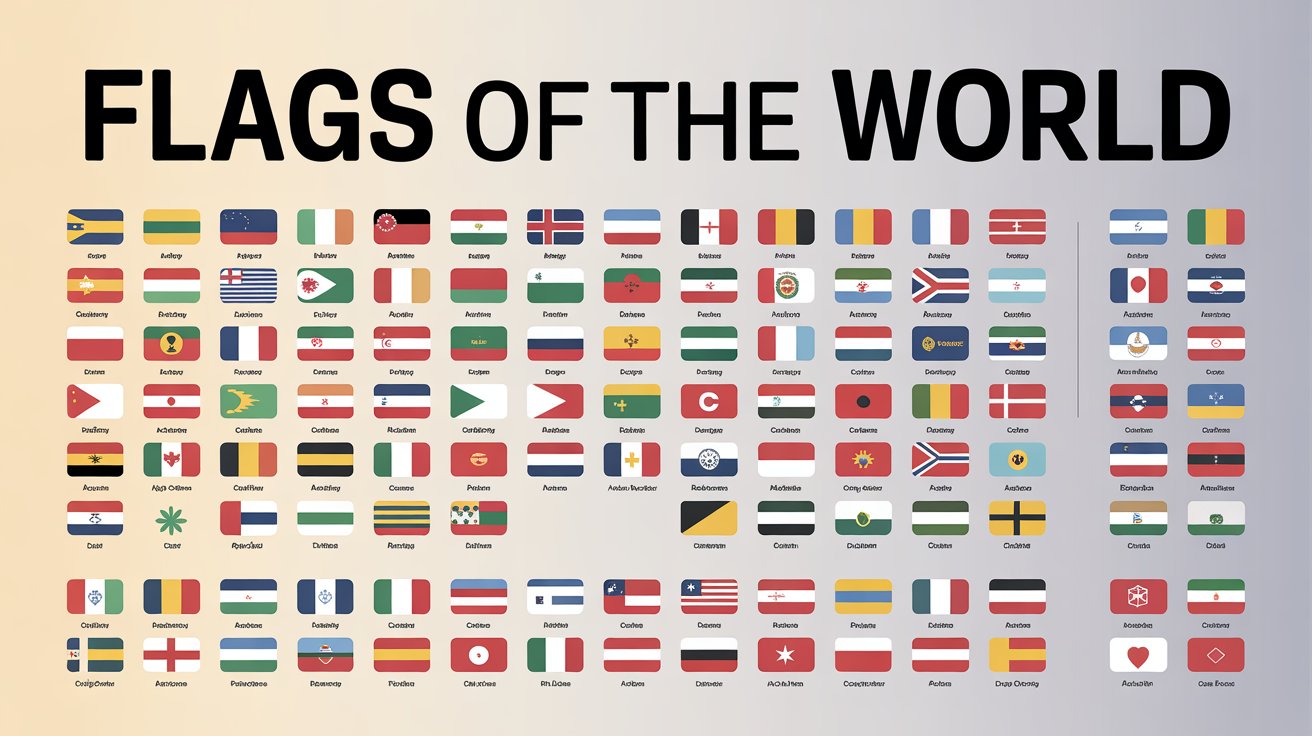 ________________________________________
________________________________________
Flags of the world represent more than just colorful pieces of fabric—they're powerful symbols of national identity, history, and cultural pride. The study of flags, known as vexillology, reveals fascinating stories behind each design. Did you know that Nepal is the only country with a non-rectangular flag? Or that Denmark's Dannebrog, dating back to 1219, is the oldest continuously used national flag in the world?
Learning about flags of the world helps develop visual memory and cultural awareness. The most common colors found in flags of the world are red, white, and blue, appearing in over 70% of all national flags. Interestingly, only two countries have purple in their flags: Dominica and Nicaragua, because historically, purple dye was extremely expensive to produce.
The flags of the world showcase incredible diversity, from the intricate patterns of Turkmenistan's flag to the elegant simplicity of Japan's rising sun. Some flags tell stories of independence, like South Sudan's flag adopted in 2011, while others reflect ancient heritage spanning centuries.
________________________________________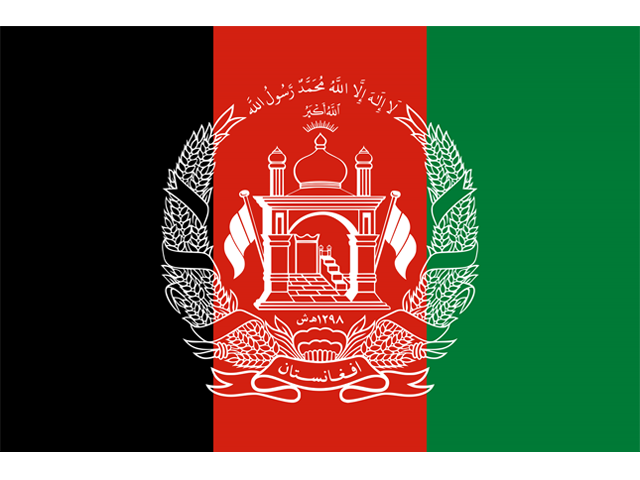
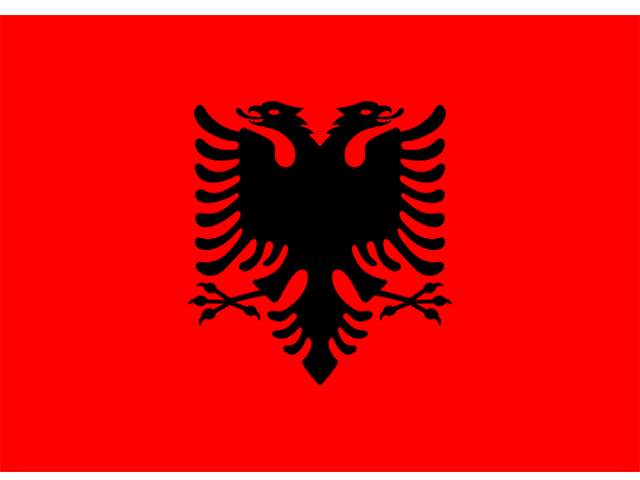
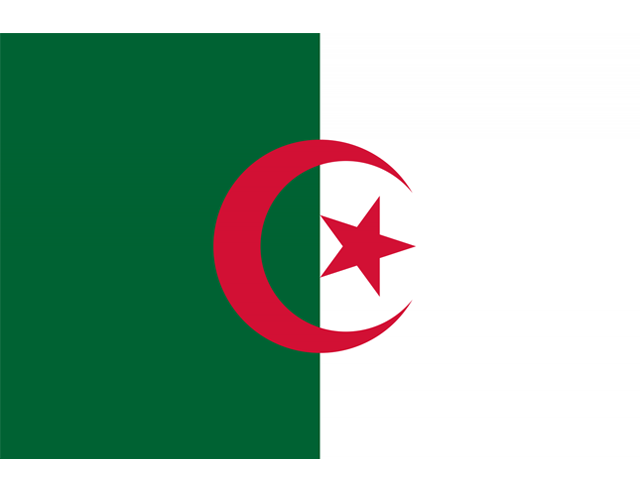
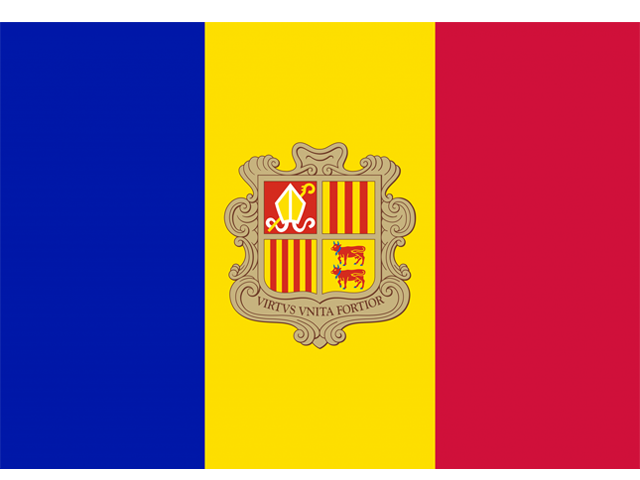
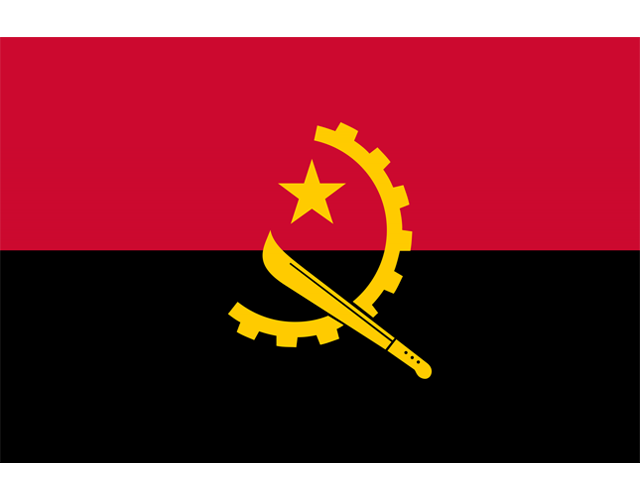
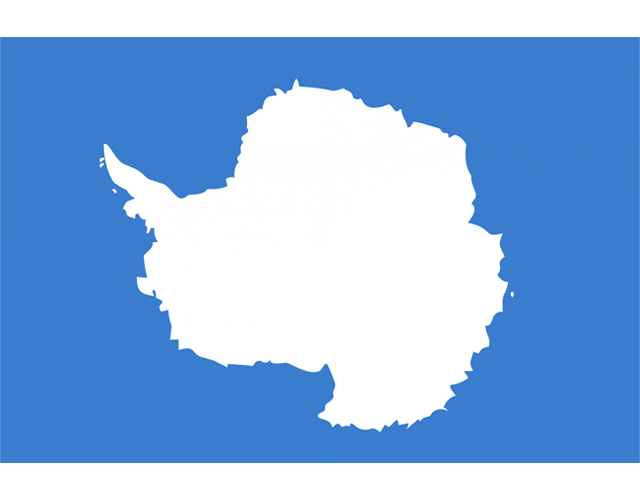
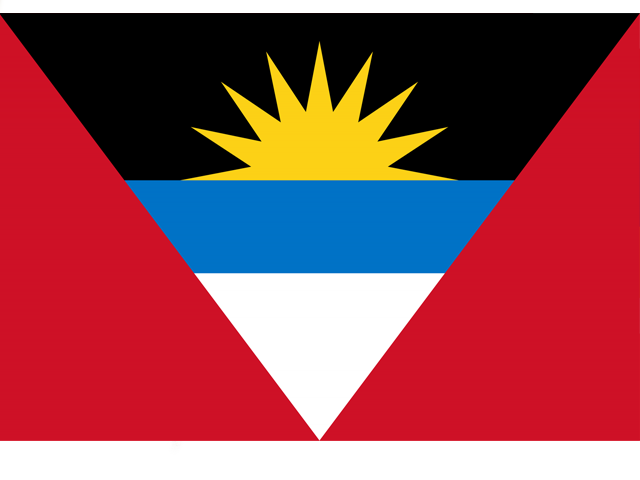
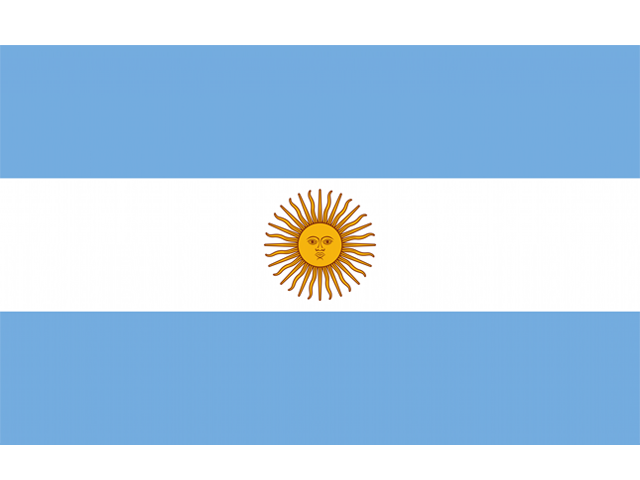
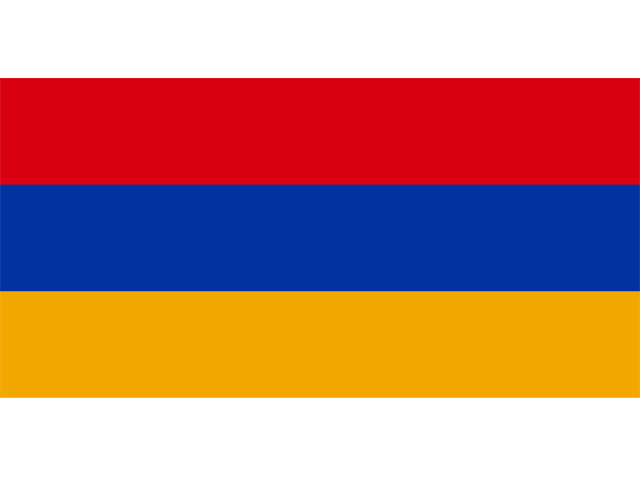
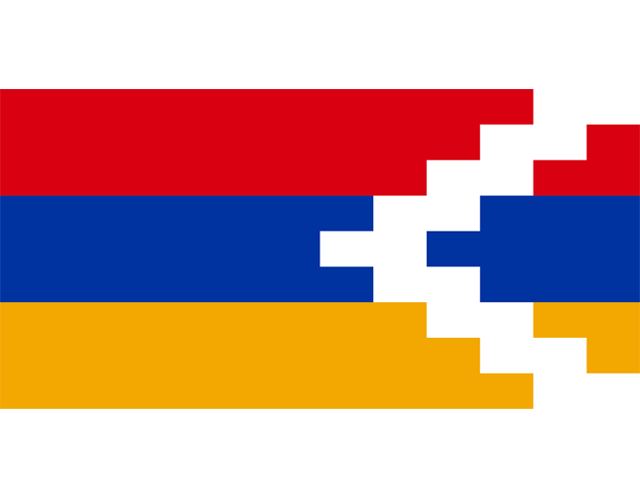
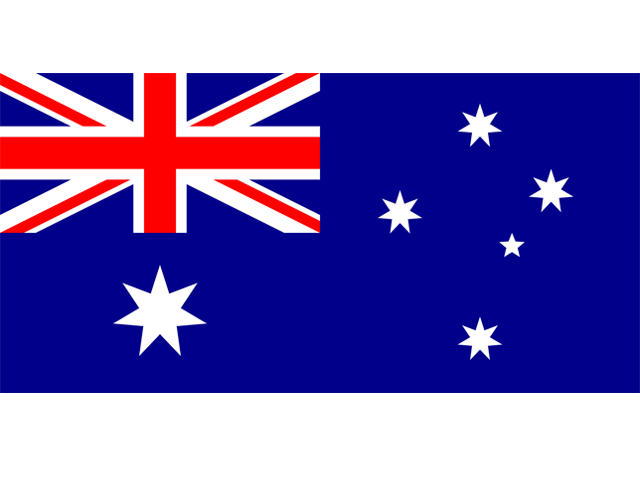
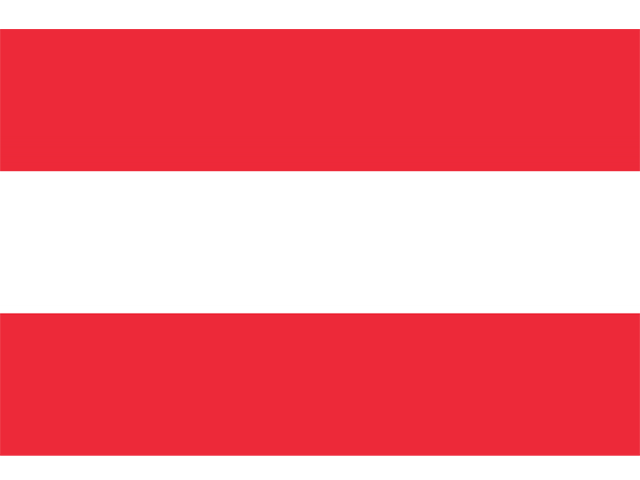
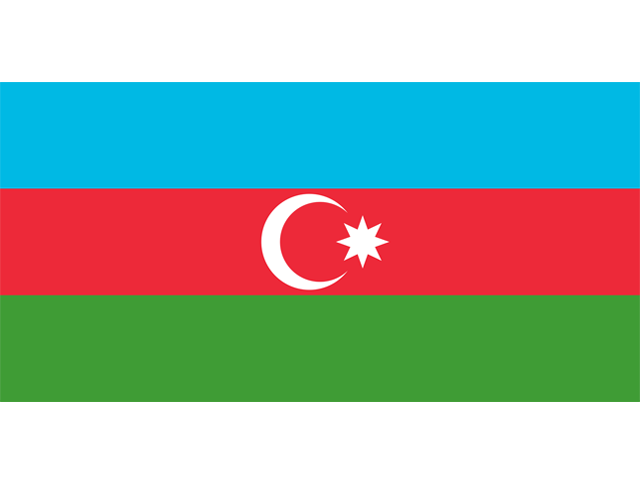
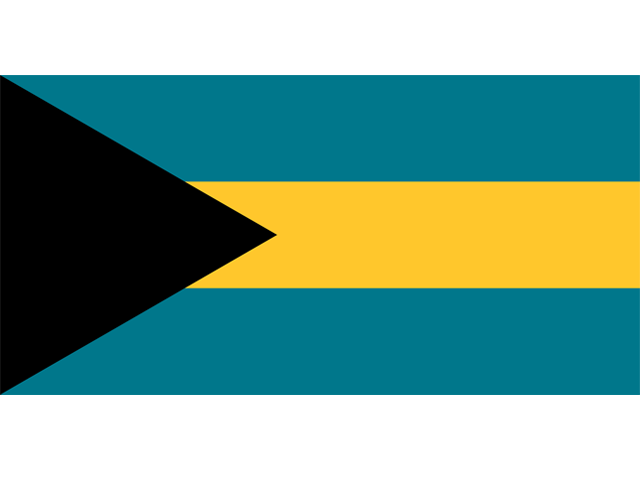
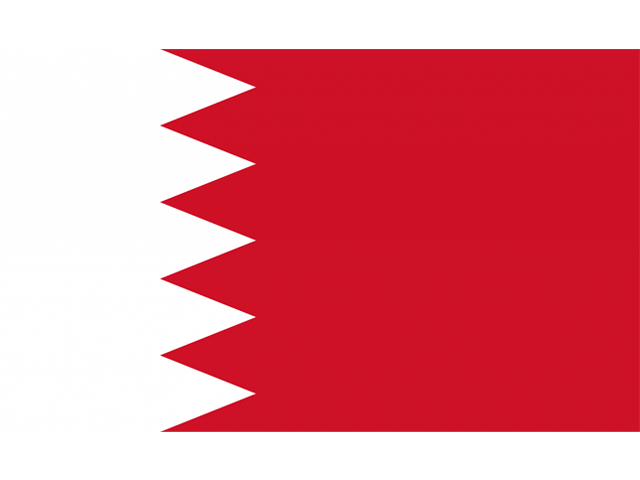
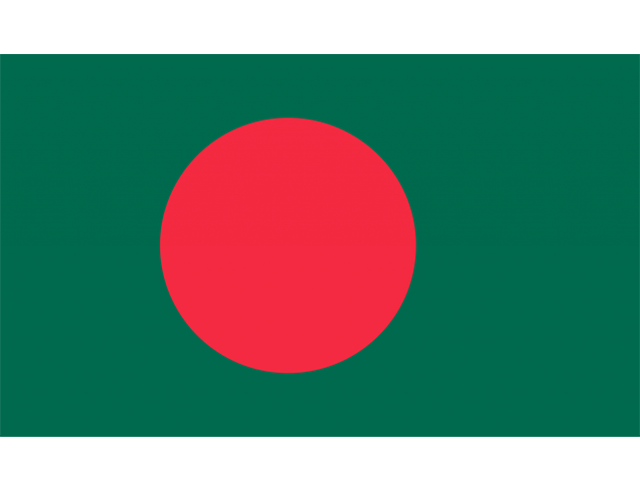
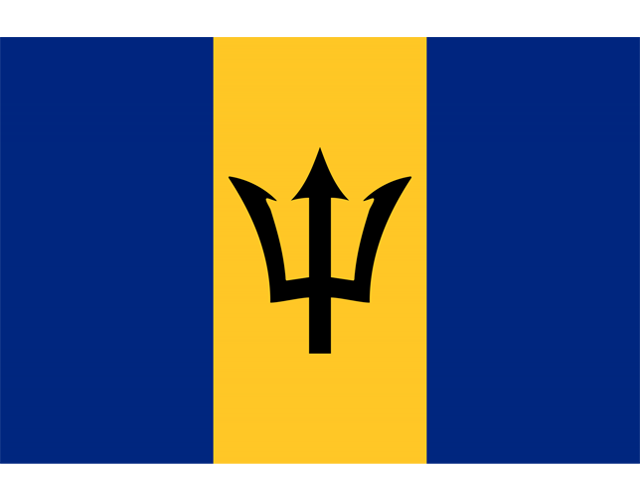
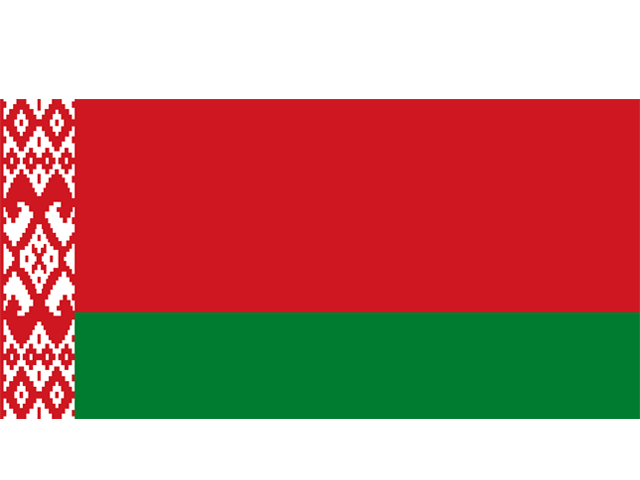
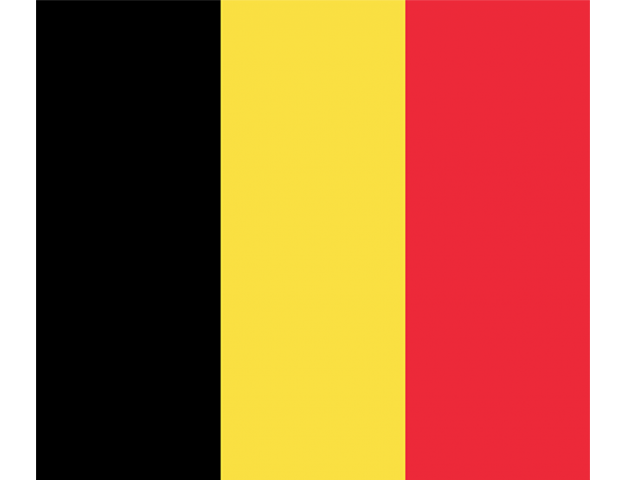
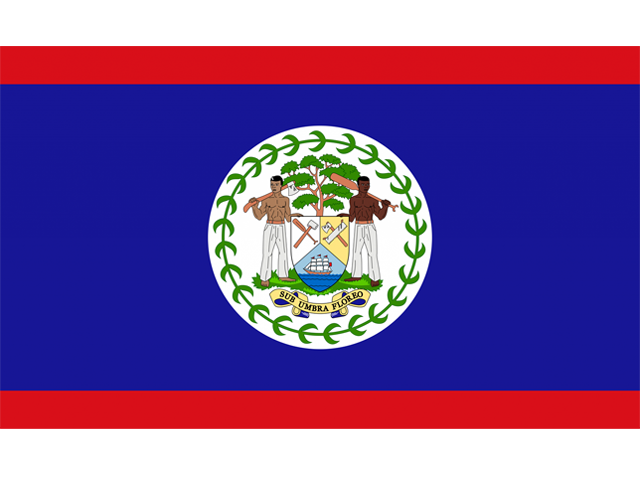
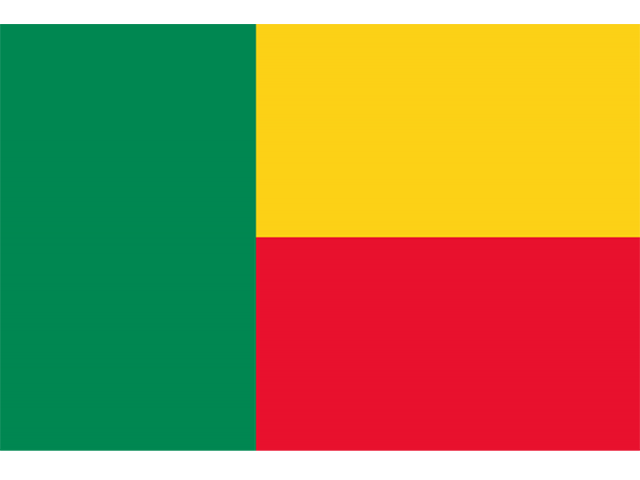
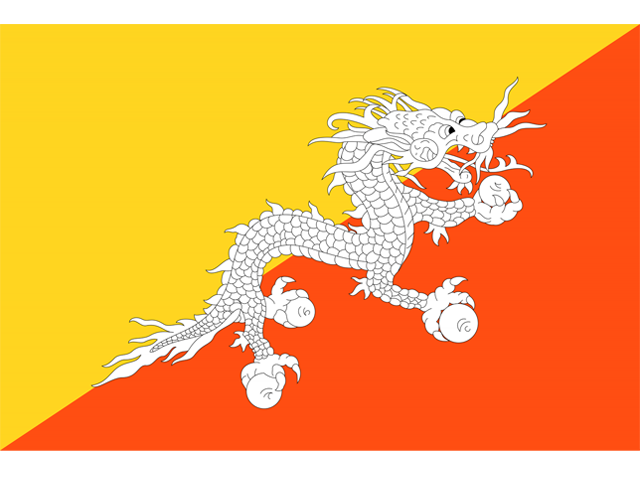
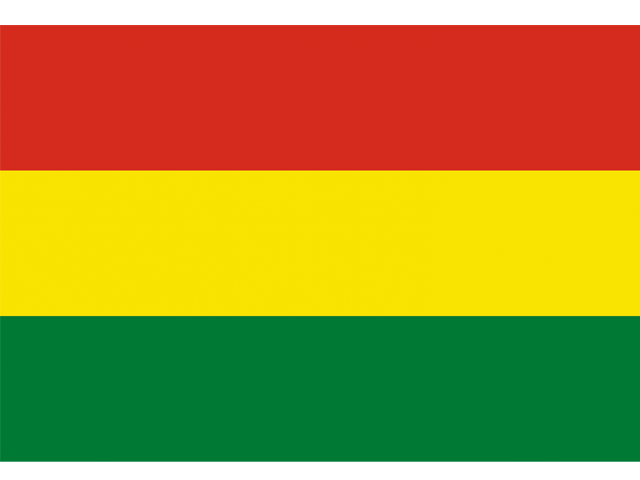
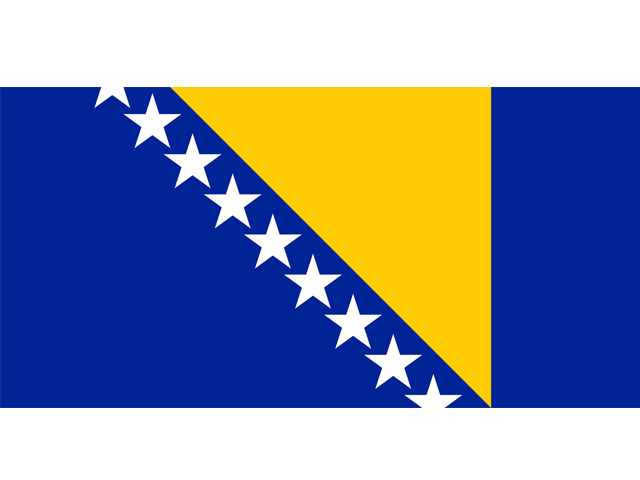

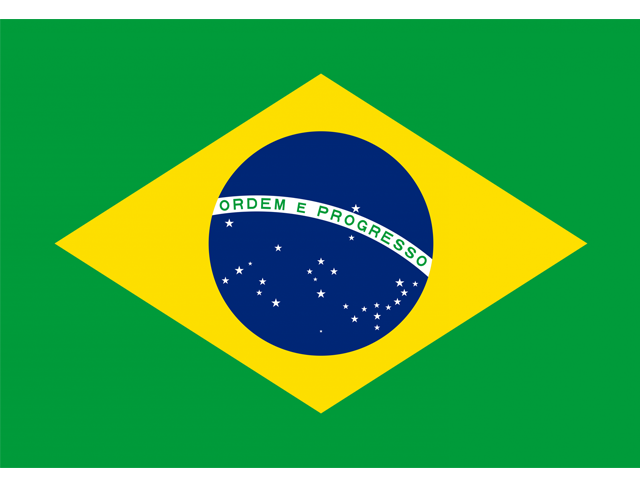
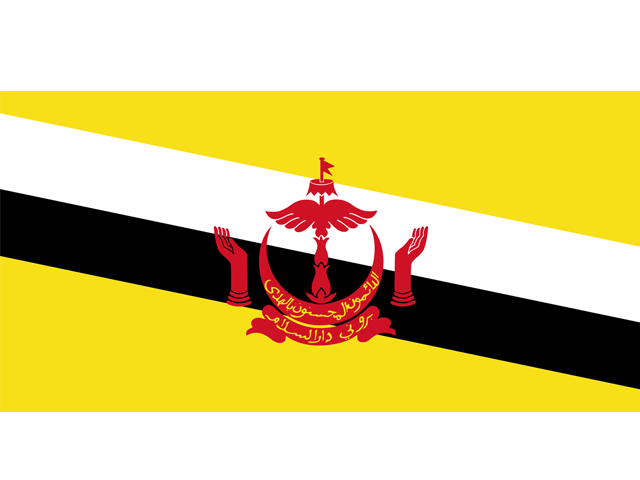
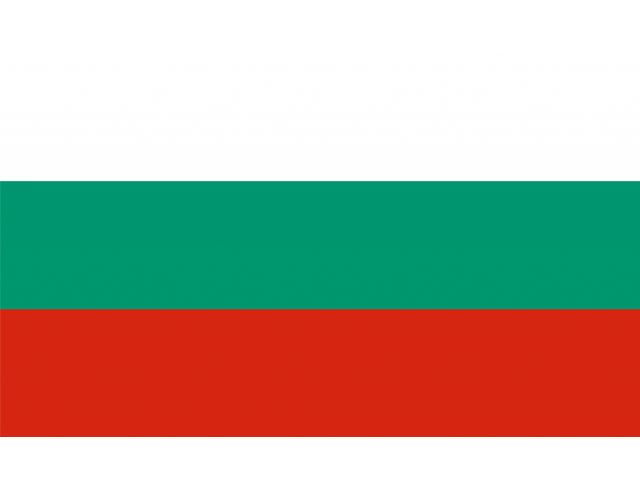
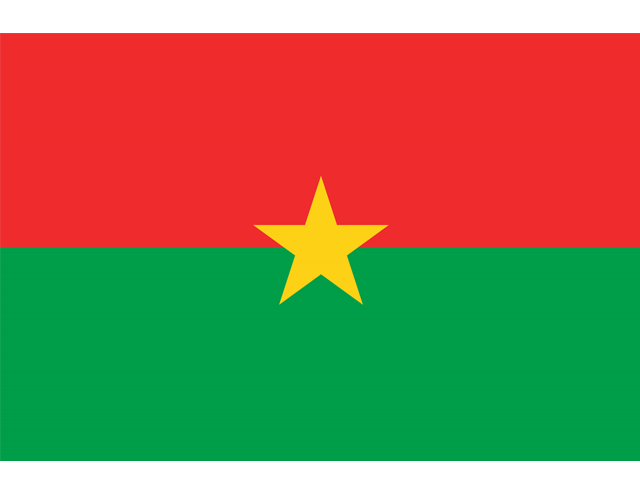
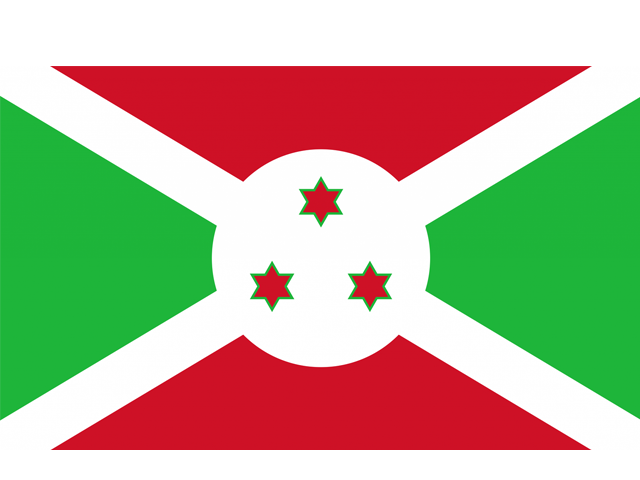
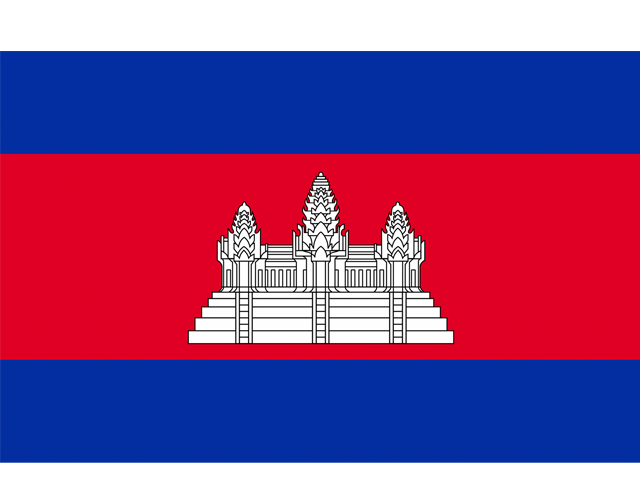
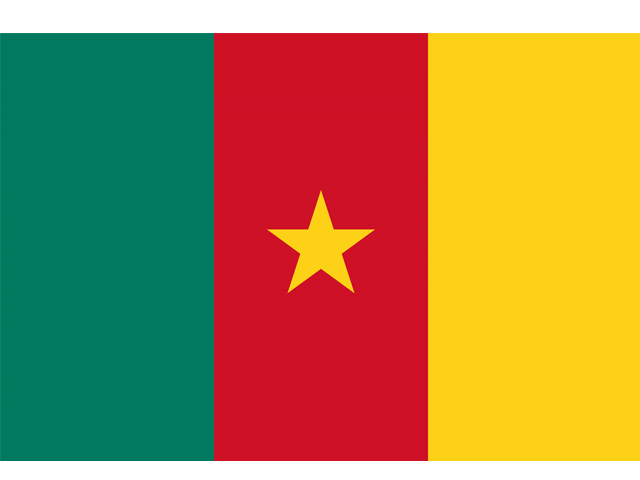
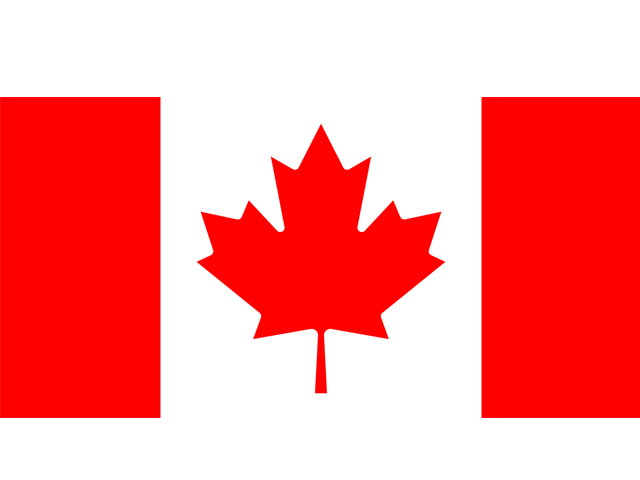
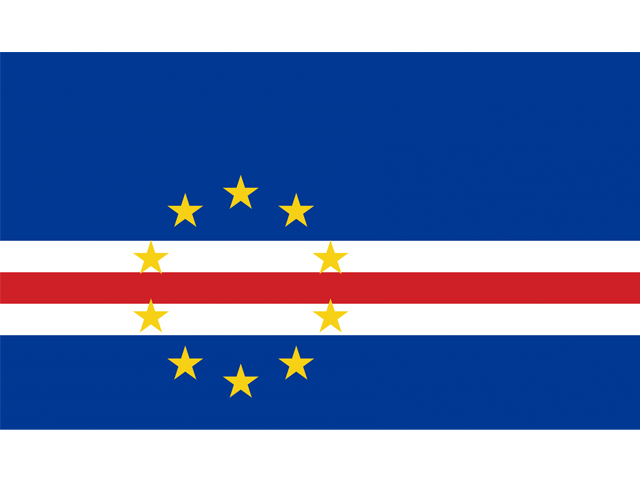
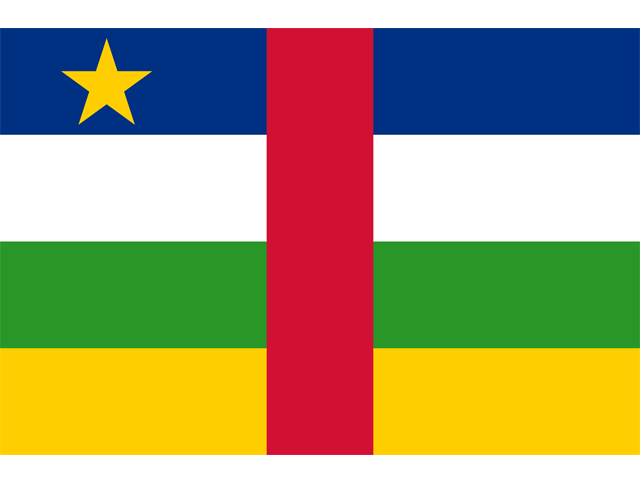
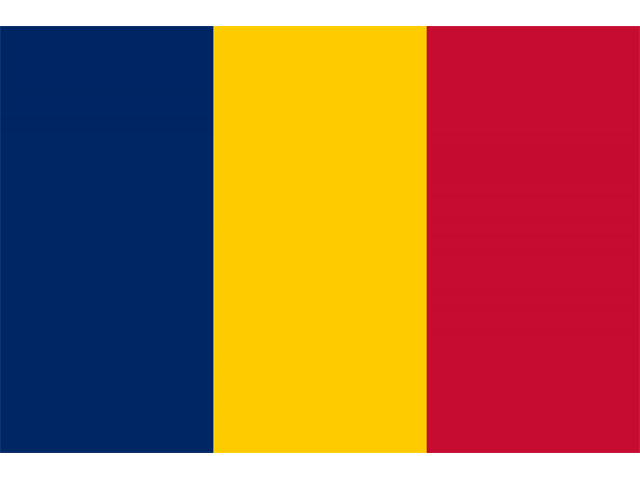
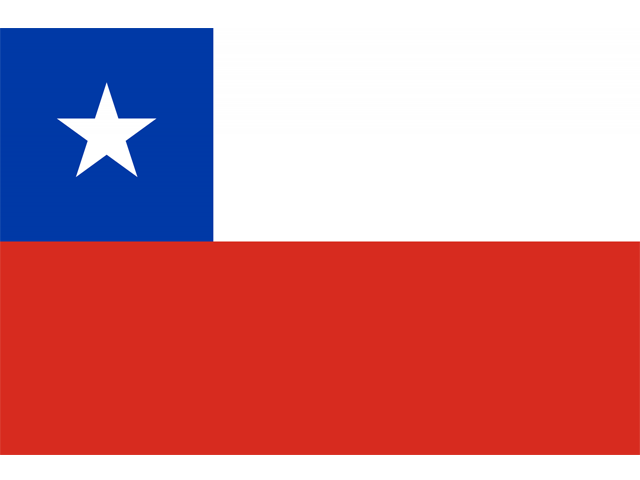
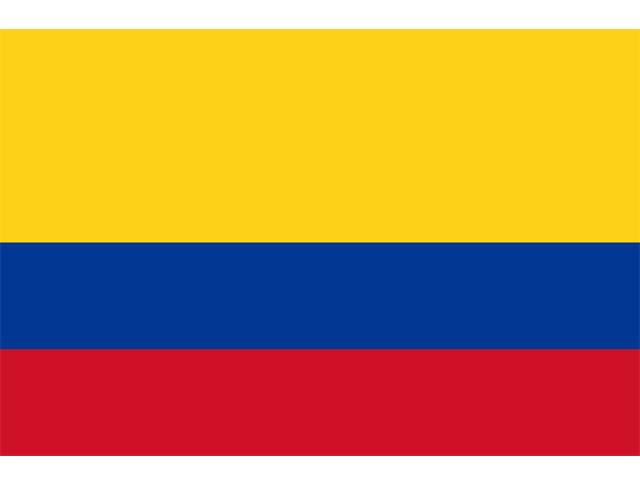
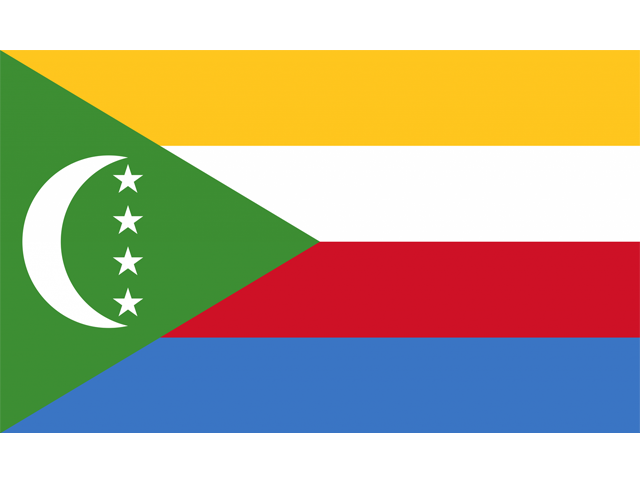
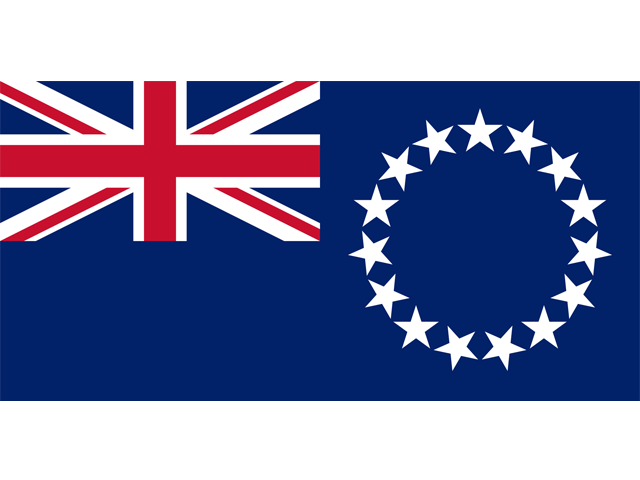
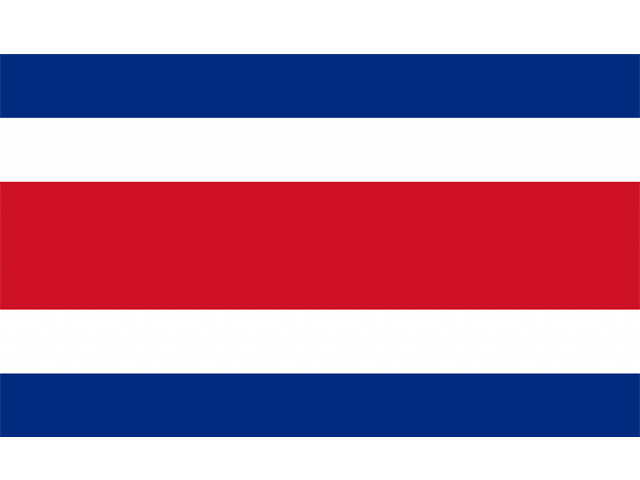

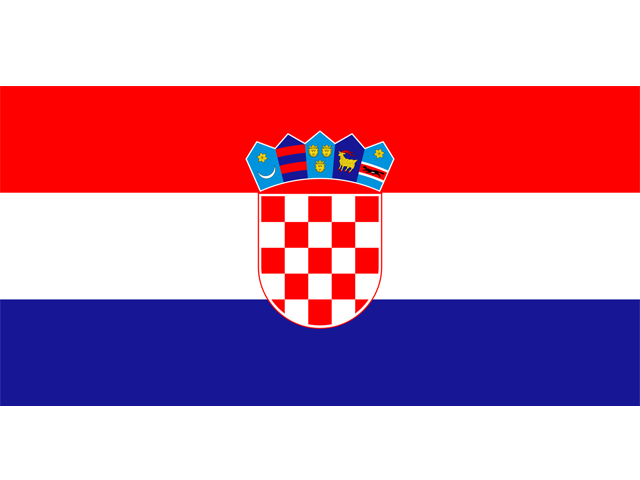
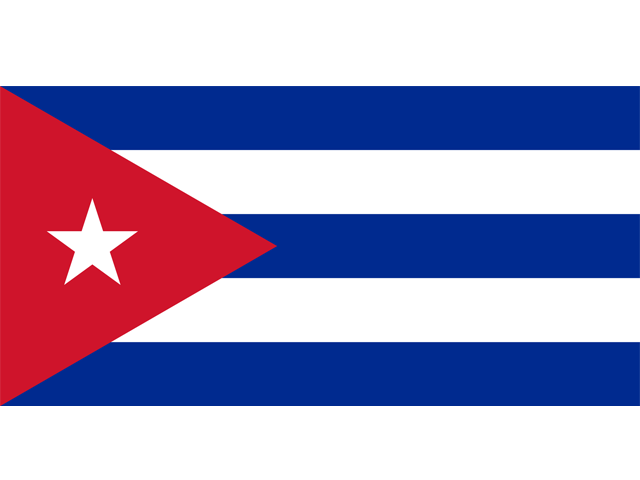
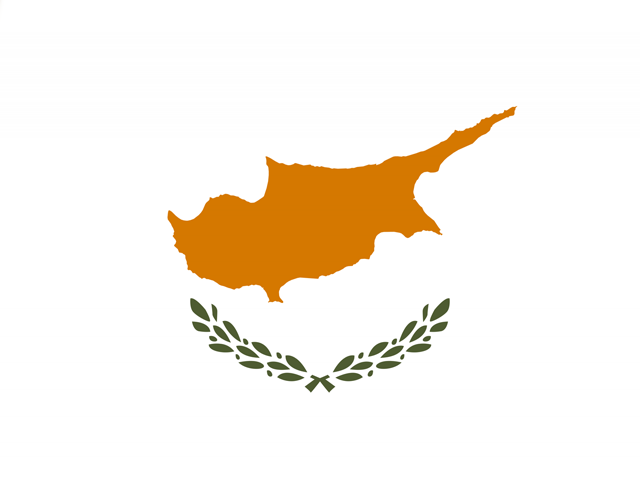
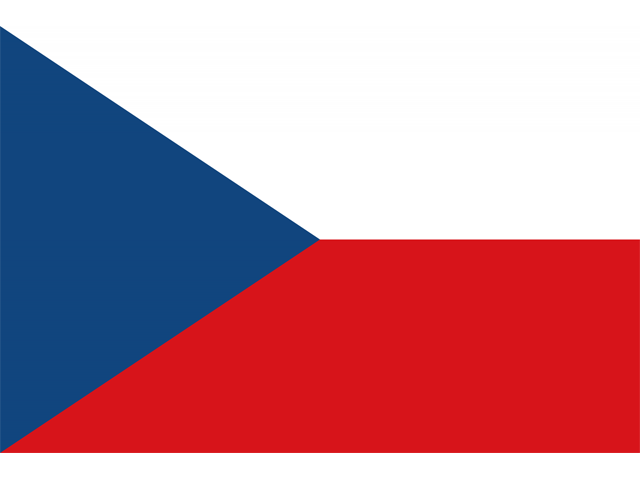
A countries of the world quiz offers an entertaining way to test and expand your geographical knowledge while challenging friends and family. These interactive quizzes have surged in popularity, with millions of people worldwide participating daily in geography challenges. Research shows that quiz-based learning improves information retention by up to 50% compared to passive reading.
A well-designed countries of the world quiz might ask you to identify nations by their outlines, match capitals to countries, or recognize flags and landmarks. Fun fact: the United Nations recognizes 195 countries in the world today, but this number can be debated depending on political recognition and sovereignty disputes. Taking a countries of the world quiz regularly can dramatically improve your spatial reasoning and global awareness.
Many educators incorporate these quizzes into curricula because they make learning geography engaging rather than tedious. Whether you're a student preparing for a geography bee, a trivia enthusiast, or simply curious about our planet, a countries of the world quiz provides both education and entertainment in
________________________________________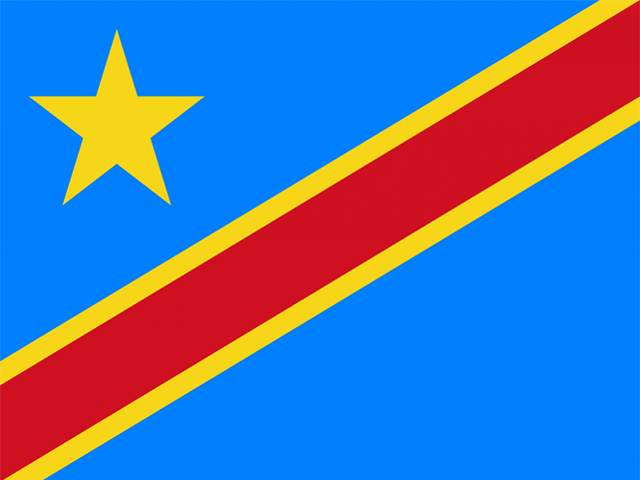
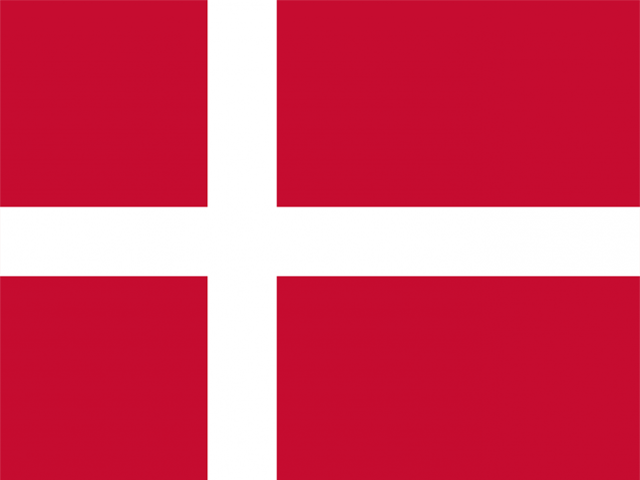
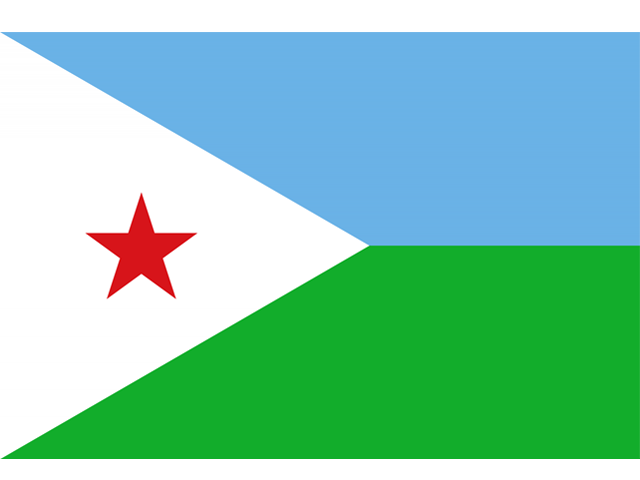
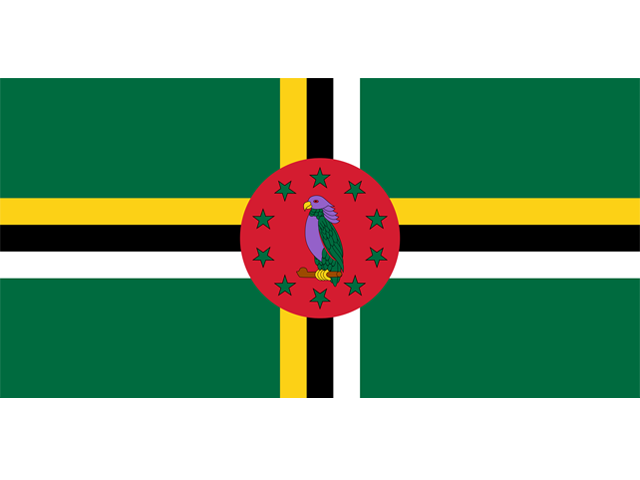
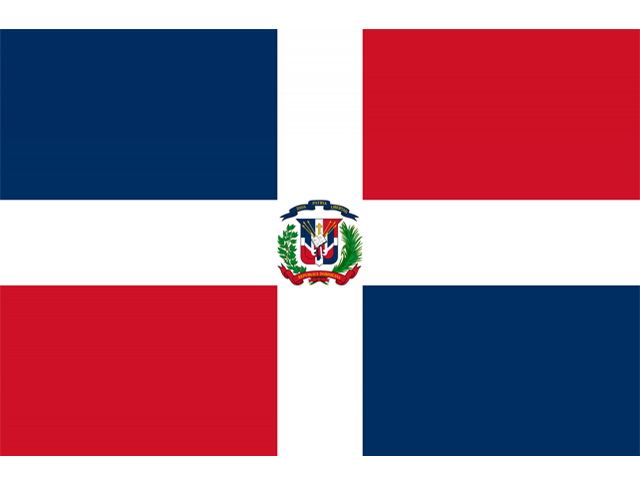
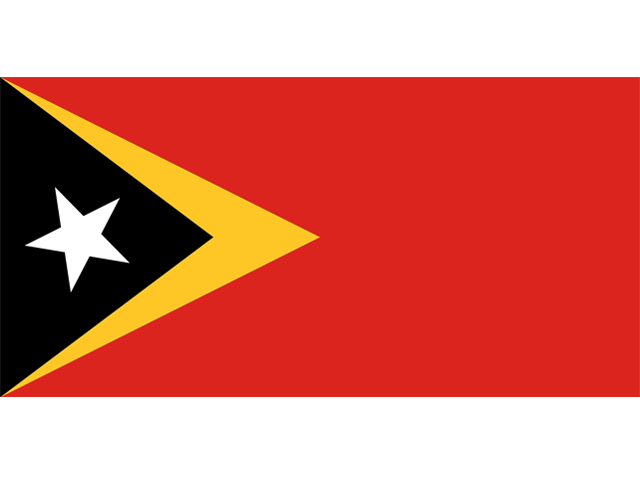
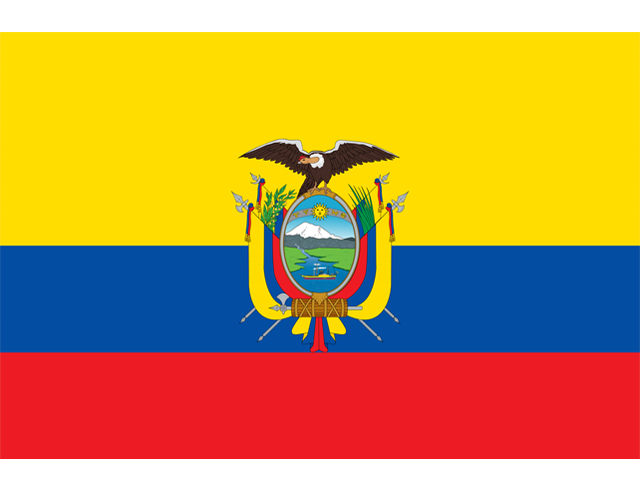
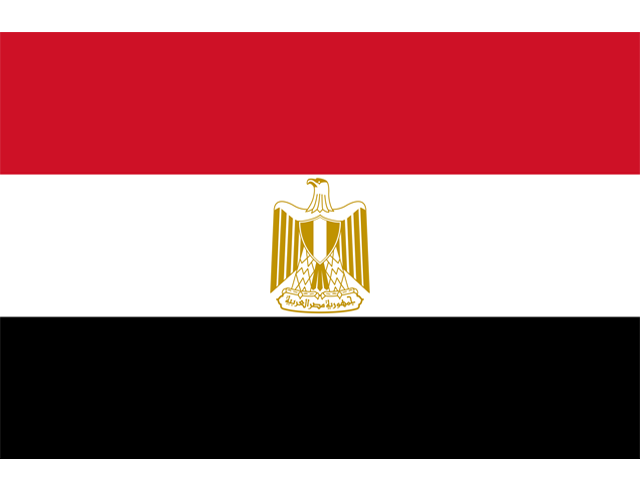
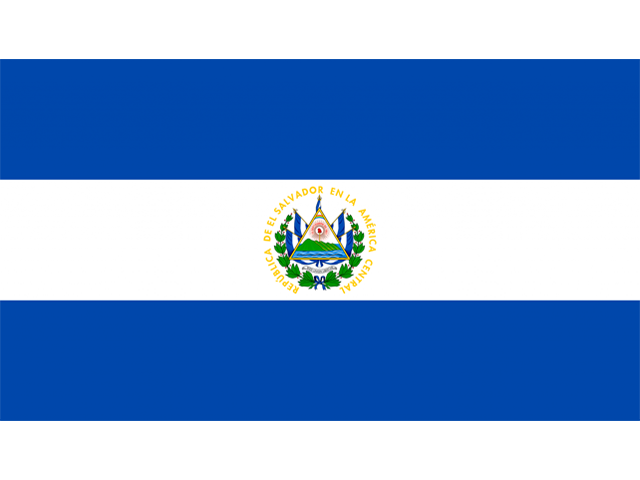

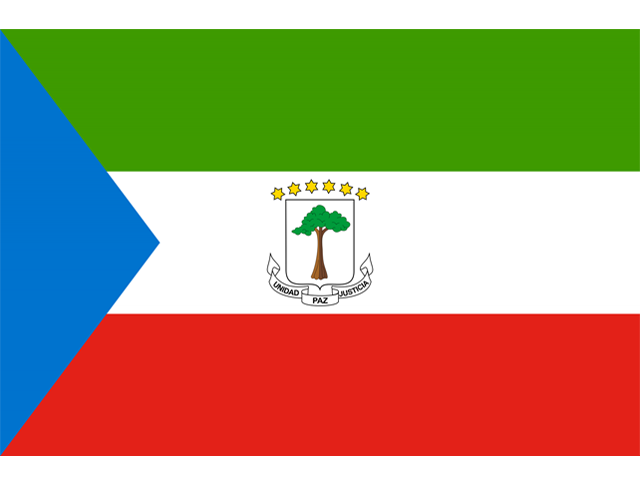
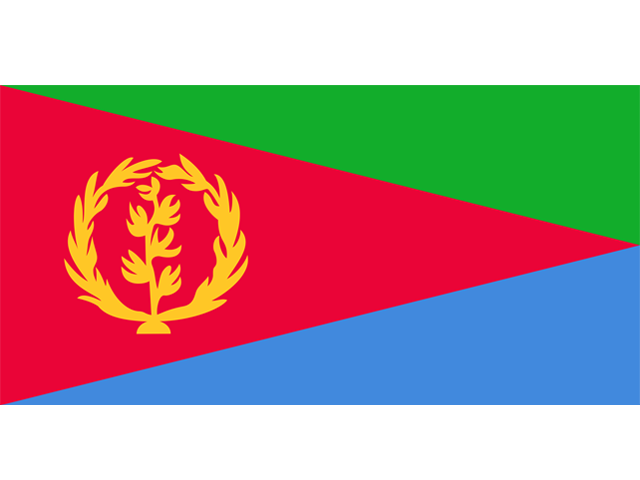

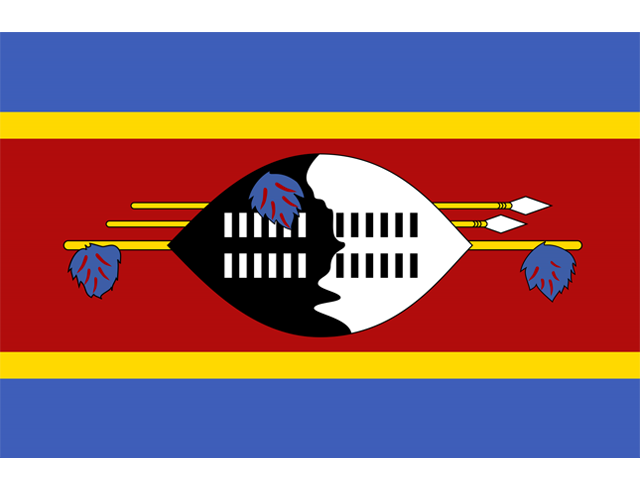
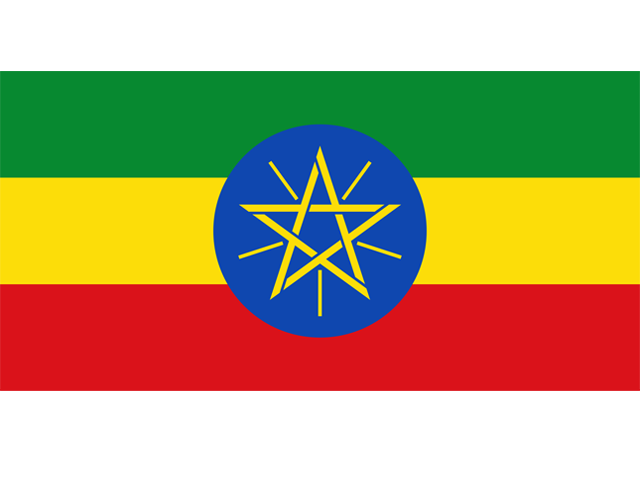
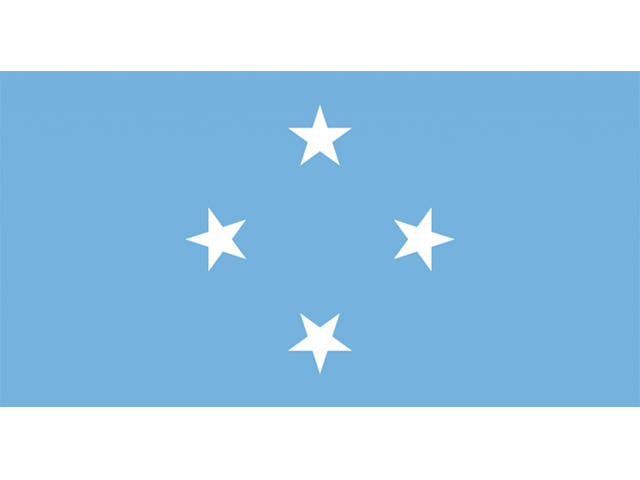
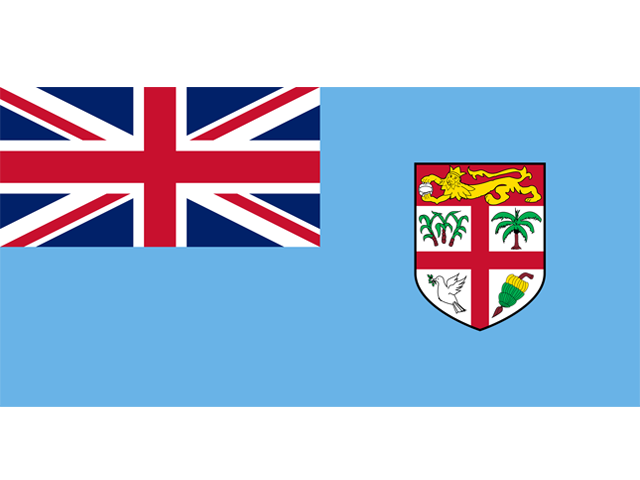
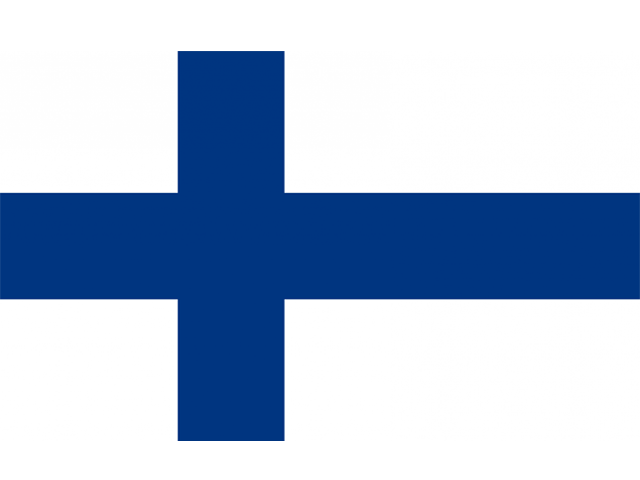
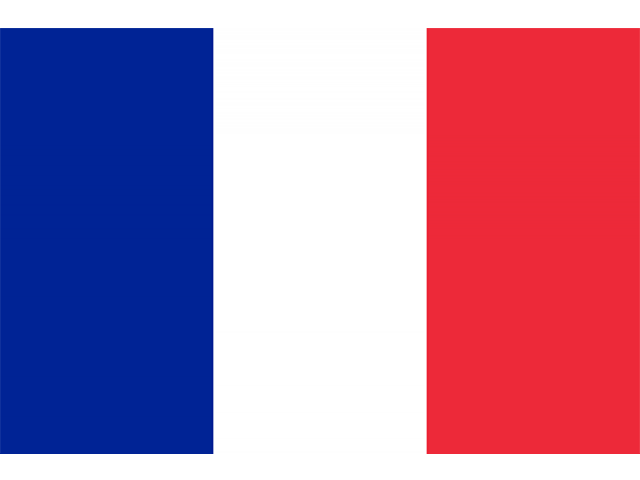
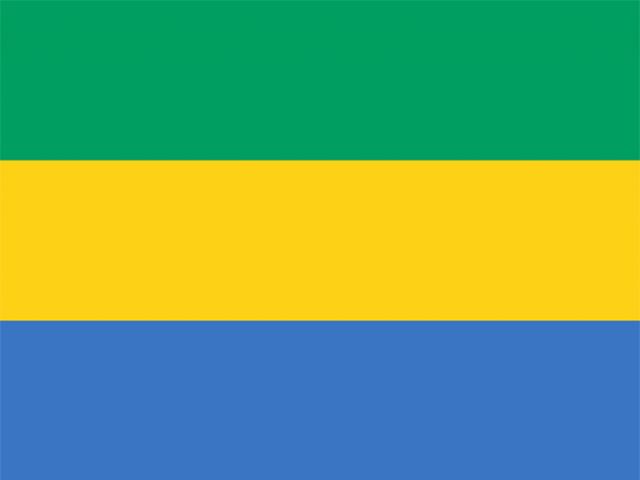
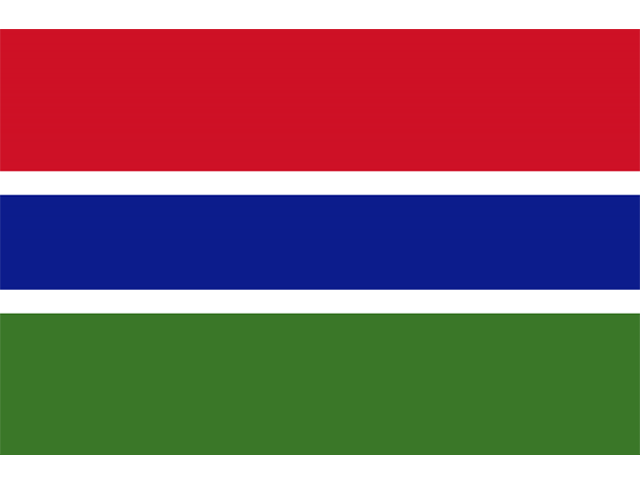
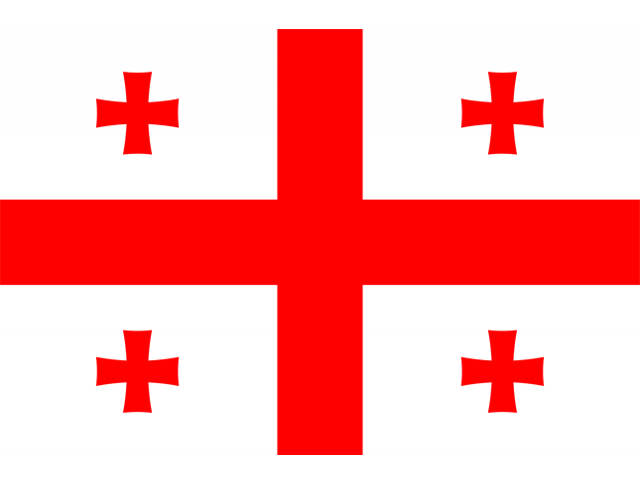

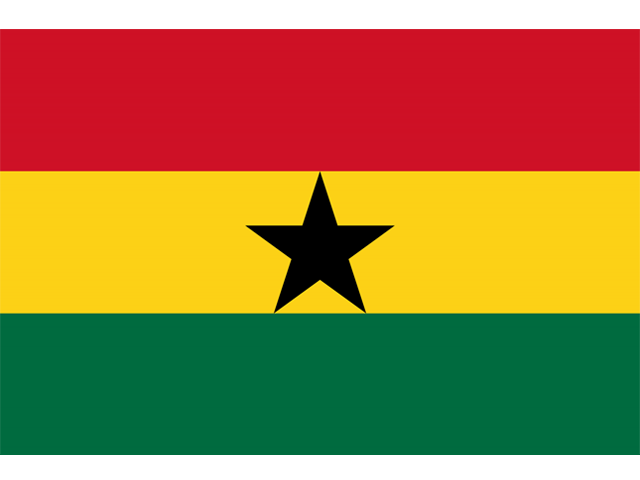
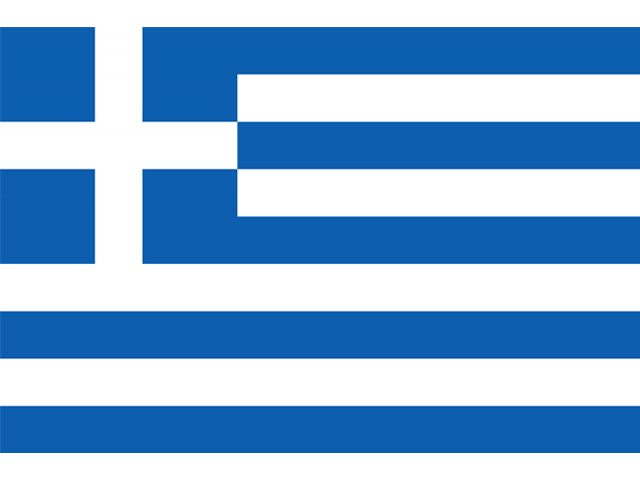
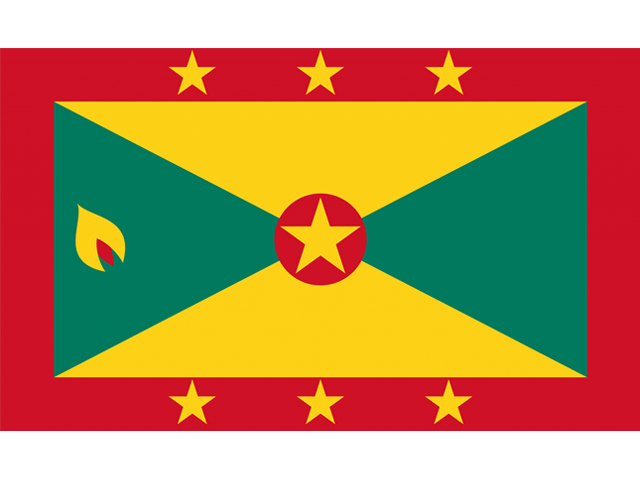
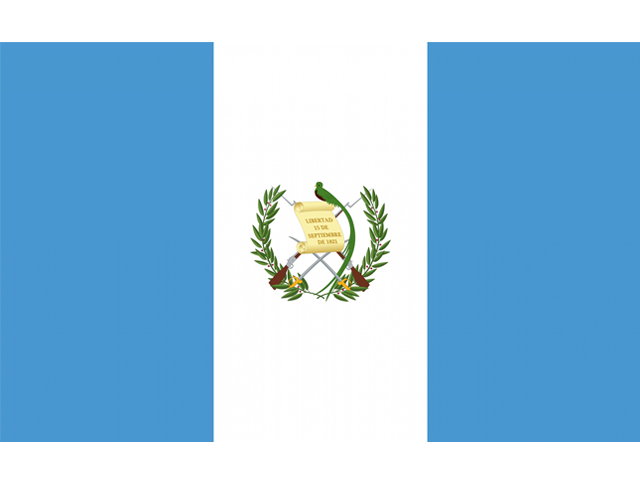
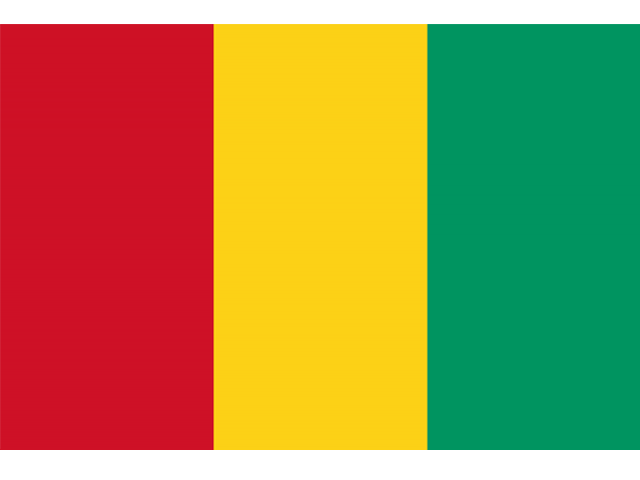
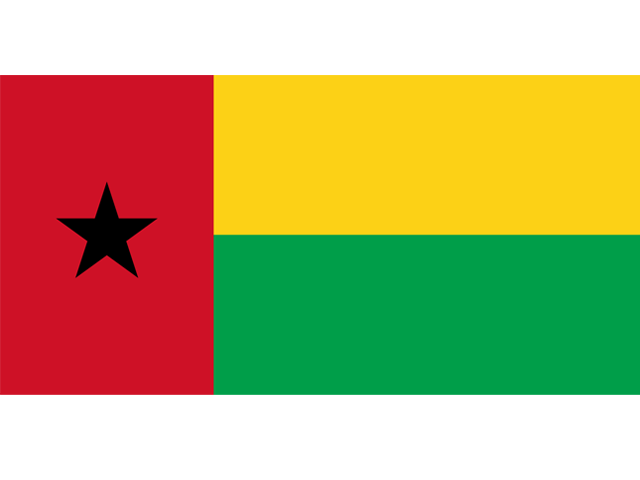
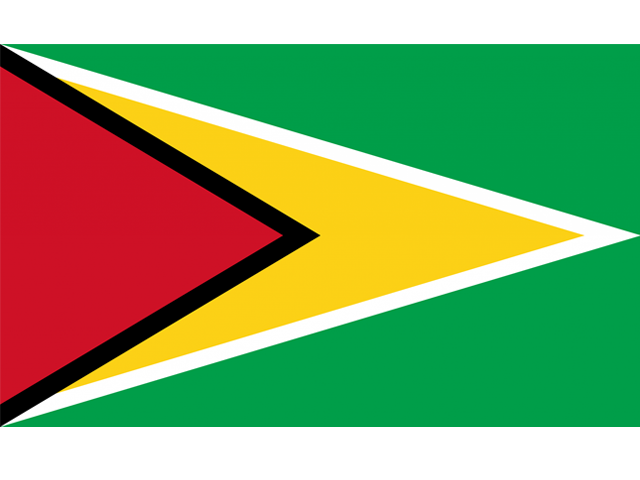
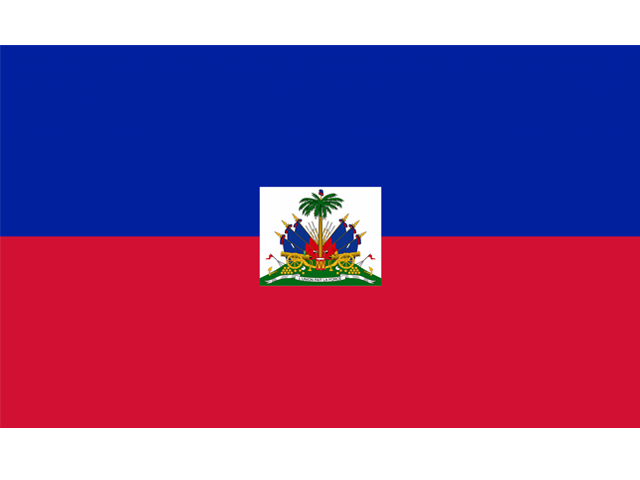
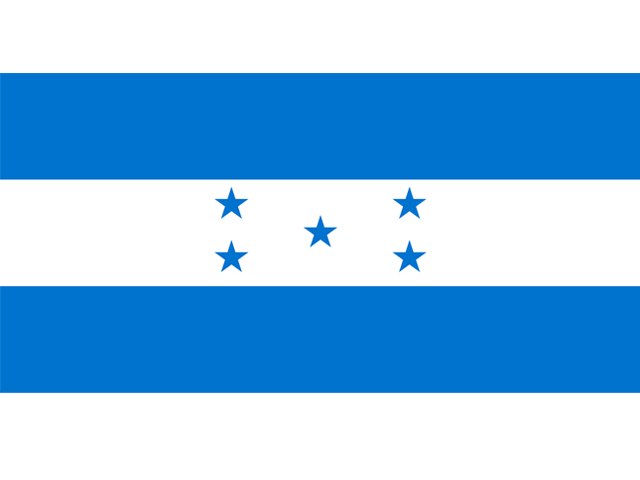
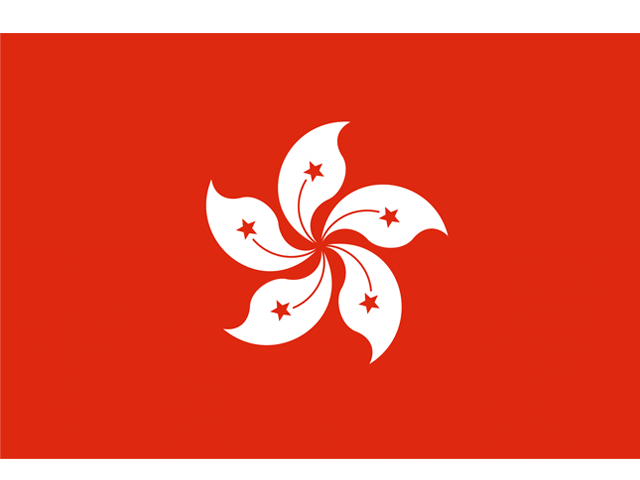
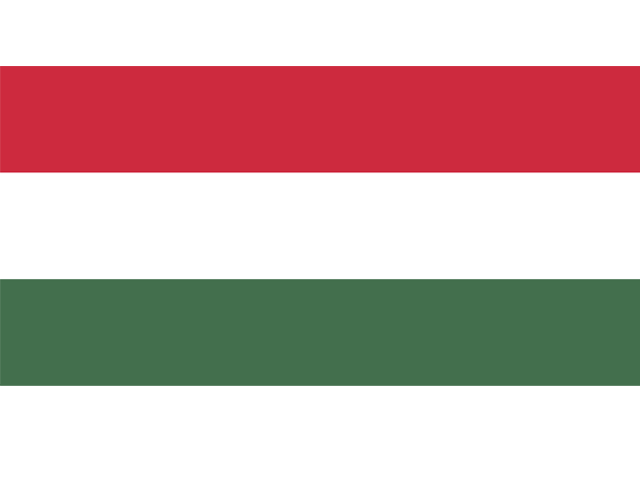
Guess the country games have revolutionized how people engage with geography, transforming what was once rote memorization into an addictive puzzle experience. The global phenomenon started with games that challenge players to guess the country from various clues like satellite images, street views, or cultural hints.
These games tap into our natural curiosity about distant places and our competitive desire to improve our scores. Studies indicate that playing guess the country games for just 15 minutes daily can increase geographical literacy by 30% within a month. The appeal lies in the "aha!" moment when you correctly identify a location, releasing dopamine and reinforcing learning. Guess the country formats vary widely—some use country outlines, others employ photographs of landmarks, and innovative versions even use local cuisine or traditional music as clues.
Surprisingly, most players find landlocked countries like Kazakhstan or Bolivia more challenging to identify than island nations. The educational value extends beyond memorizing locations; players develop pattern recognition skills, learn about climate zones, and gain appreciation for cultural diversity. Whether played solo during a coffee break or competitively with friends, guess the country games prove that learning geography can be genuinely thrilling.
________________________________________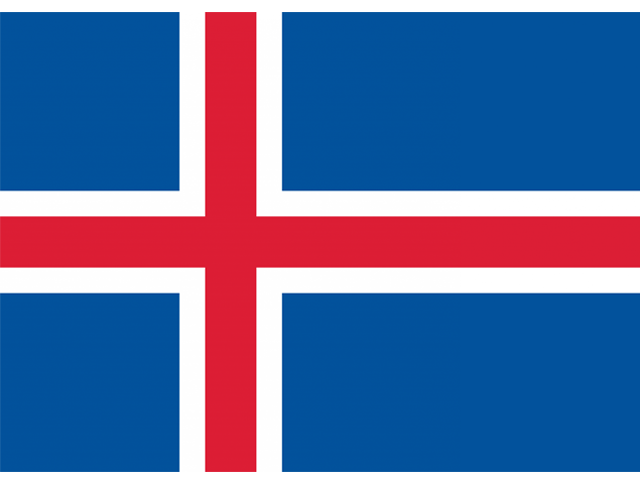
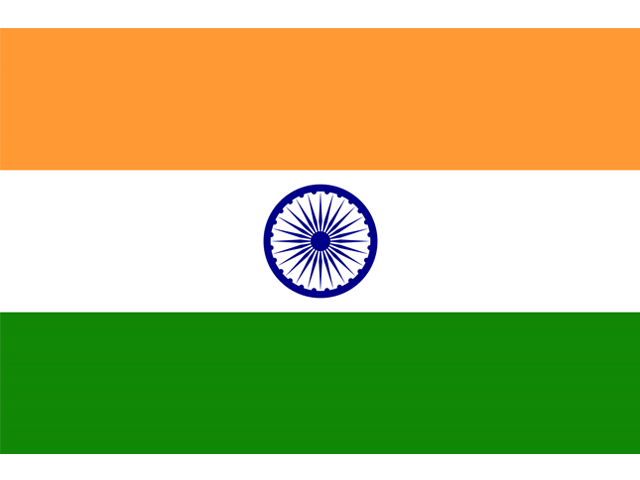

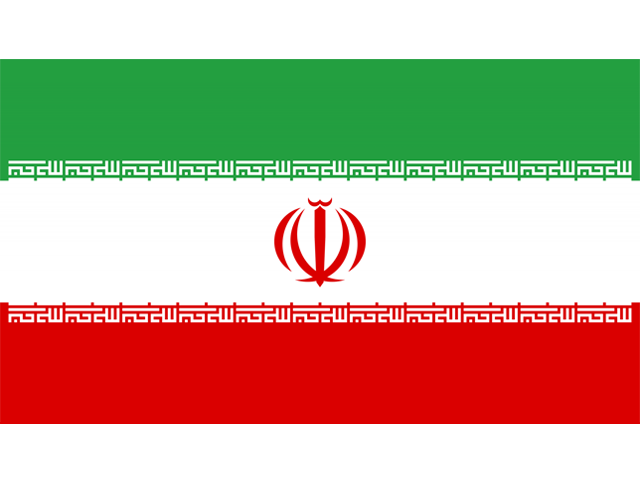
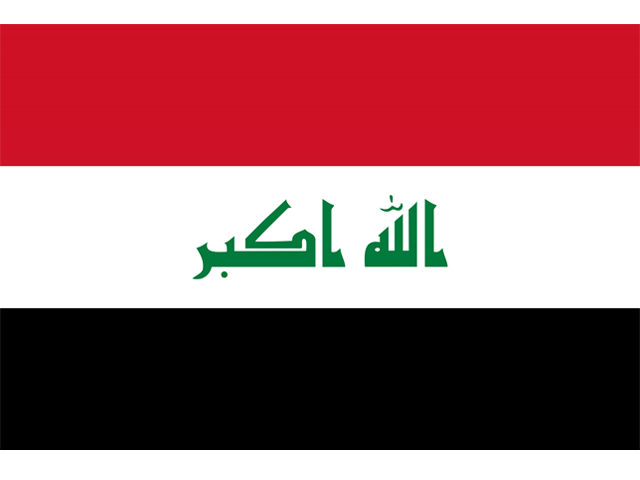
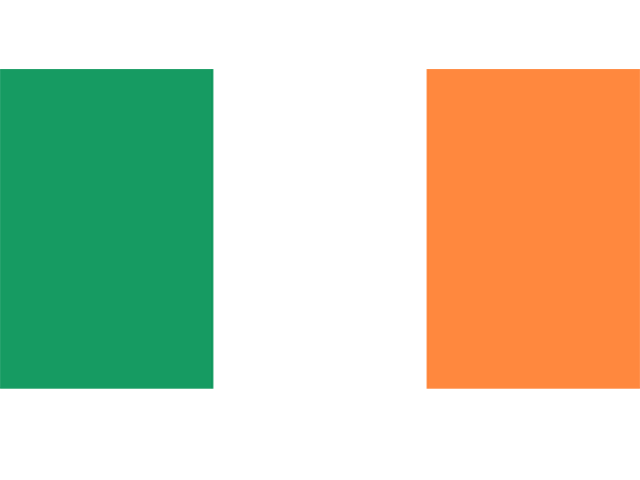
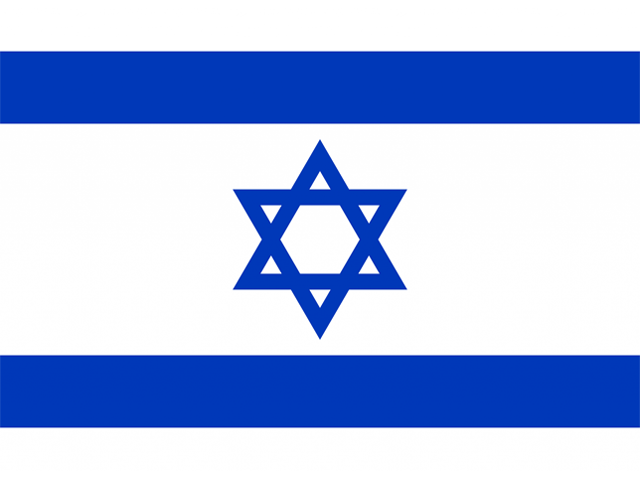
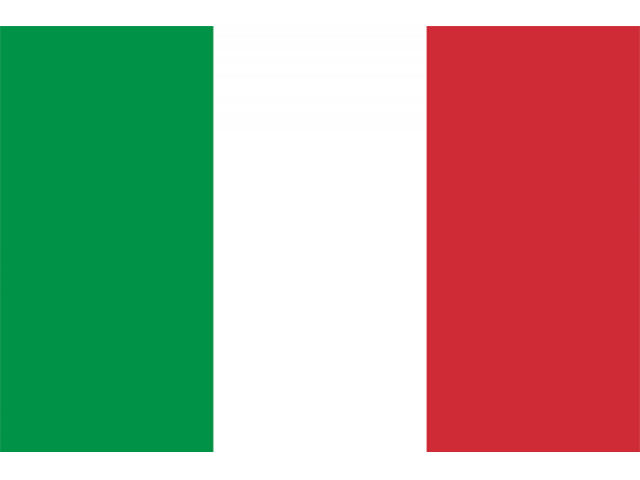
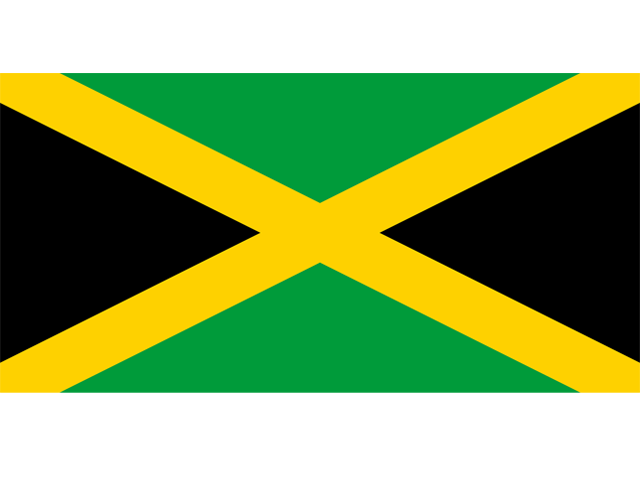
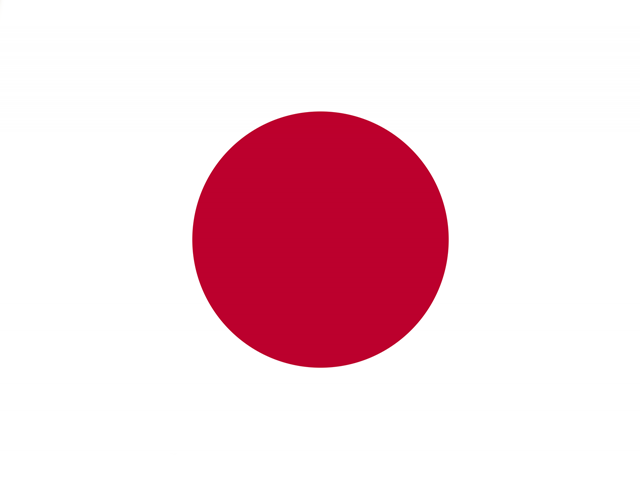
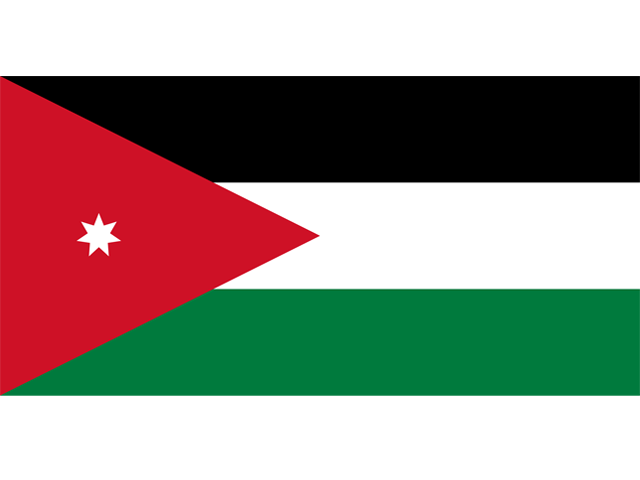
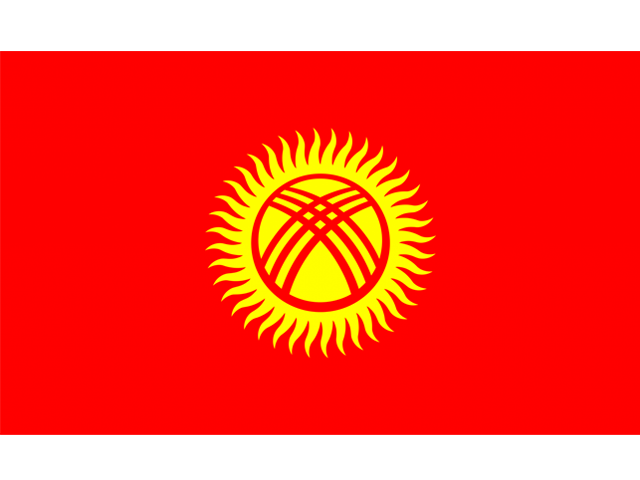
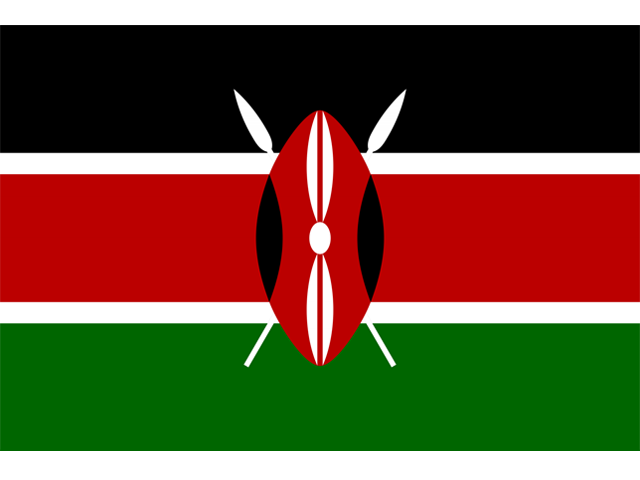
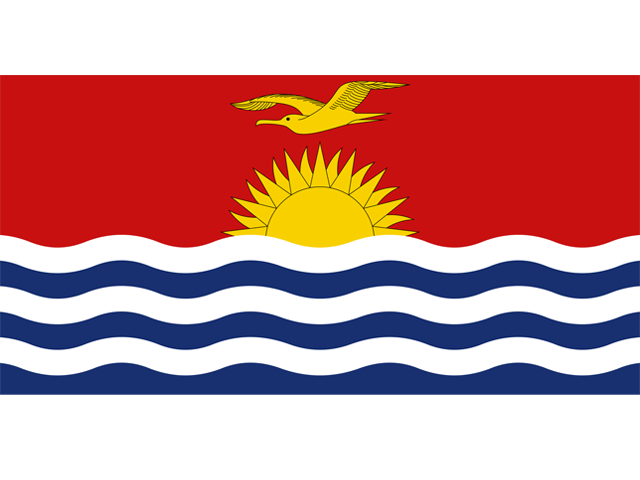
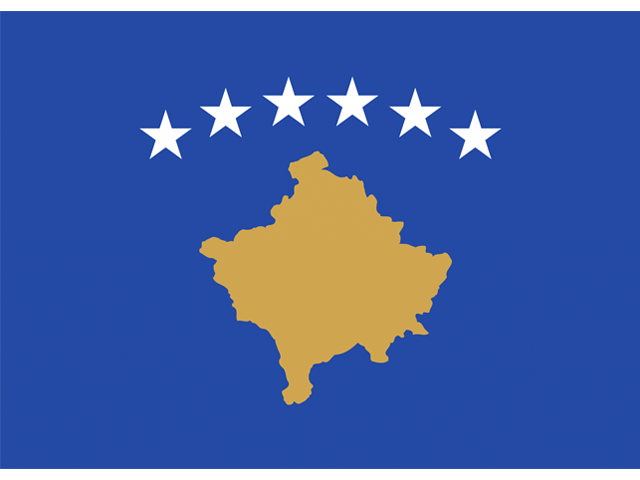
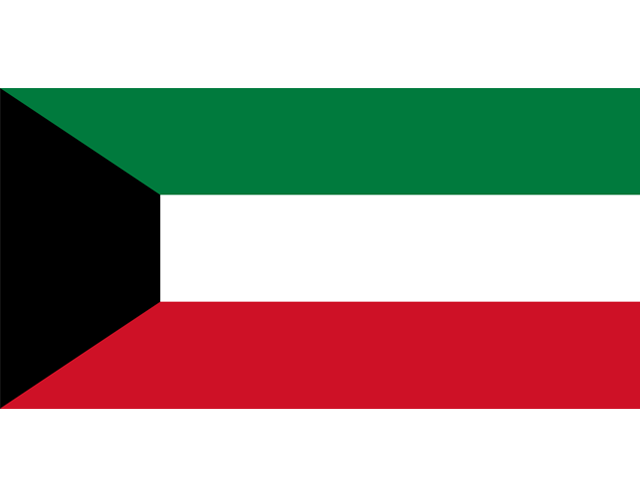

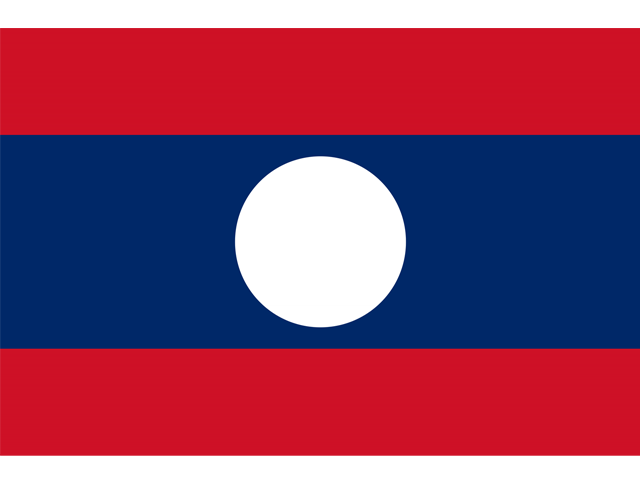

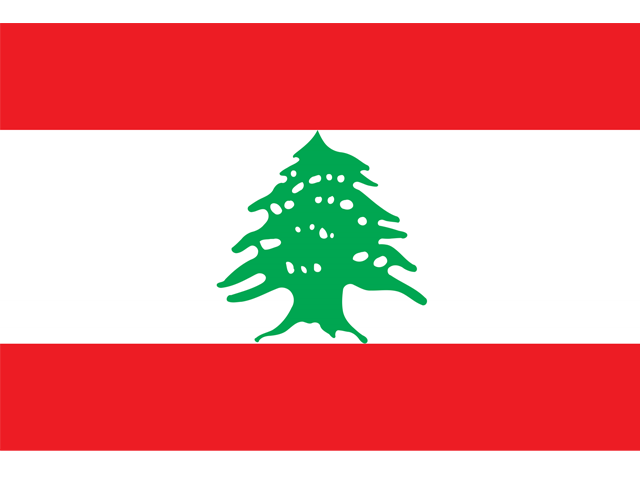
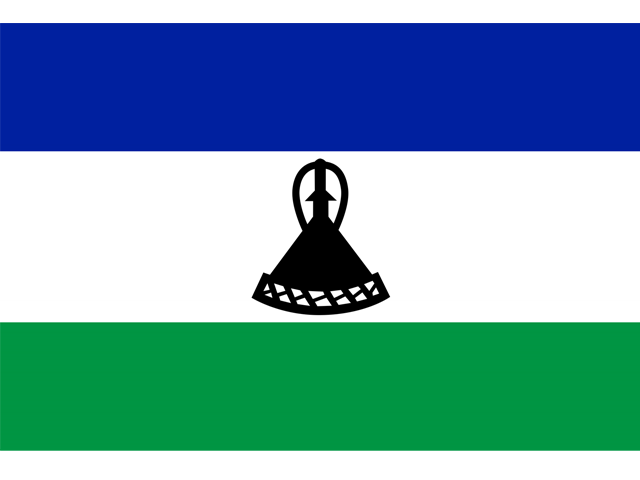
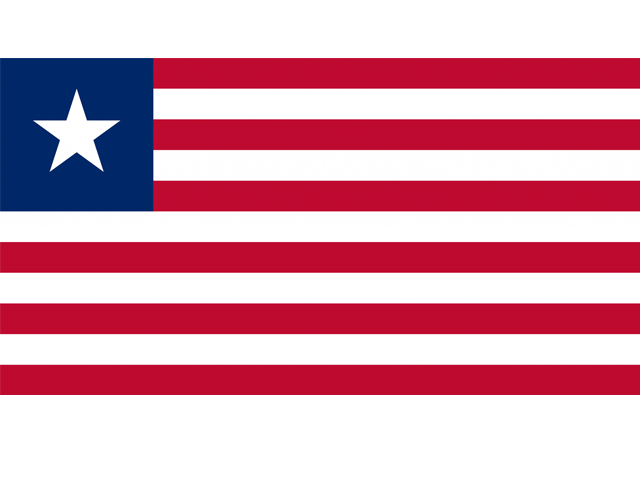
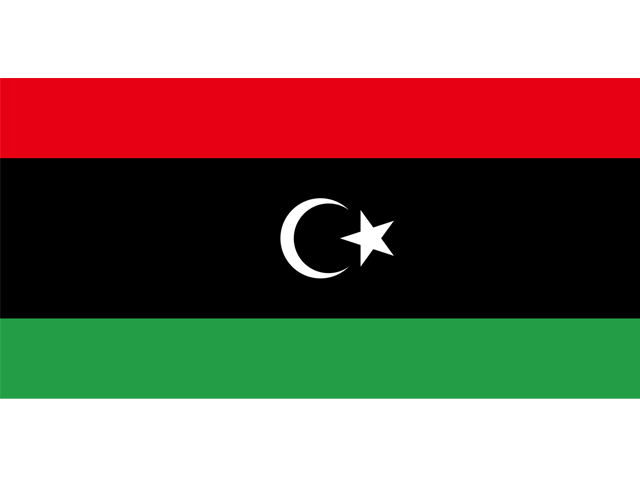
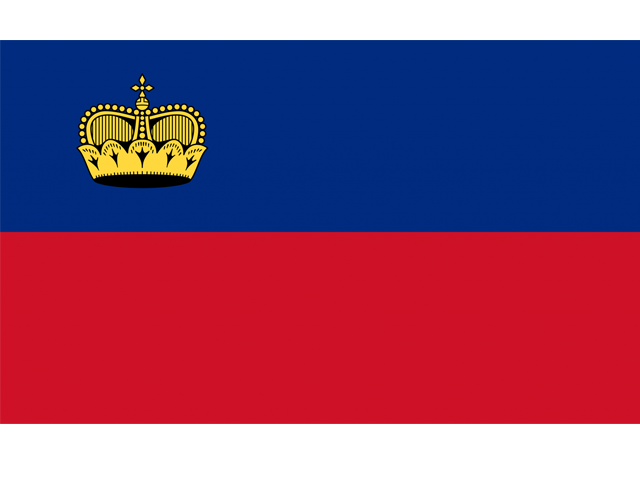
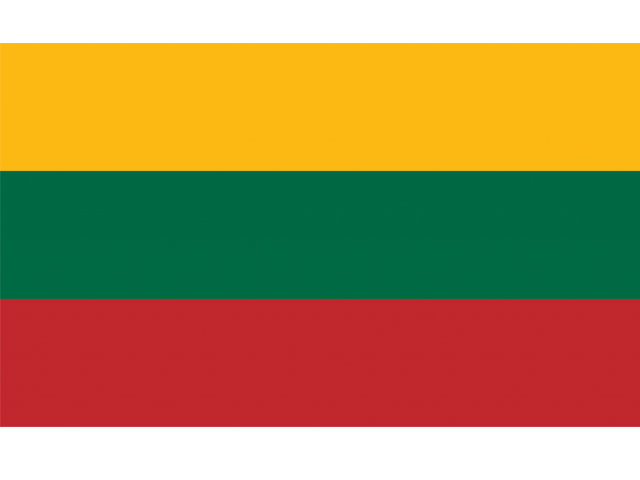
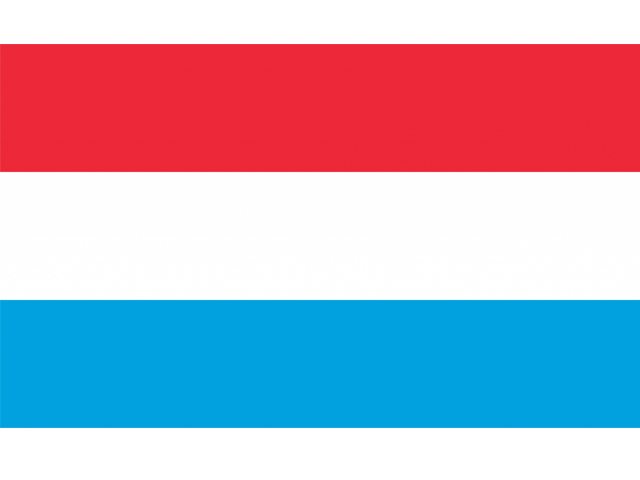
Geography games have evolved from simple map puzzles into sophisticated digital experiences that make learning about our planet irresistibly fun. The educational gaming industry has embraced geography games because they deliver measurable learning outcomes while keeping players engaged for hours. Modern geography games incorporate elements like time challenges, leaderboards, and progressive difficulty levels that appeal to our psychological desire for achievement and mastery.
Research from educational psychologists confirms that gamification increases student engagement by up to 60% compared to traditional teaching methods. Geography games cover diverse topics: identifying continents and oceans, navigating through cities using only compass directions, or racing to place countries on blank maps. An interesting fact: players who regularly engage with geography games demonstrate improved decision-making skills because these games strengthen spatial reasoning and critical thinking.
Some geography games focus on physical geography like mountain ranges and river systems, while others emphasize political boundaries or economic data. The social aspect matters too—multiplayer geography games foster friendly competition and collaborative learning experiences that make geographical knowledge stick. From elementary students learning their continents to adults preparing for travel, geography games serve every age group and skill level effectively.
________________________________________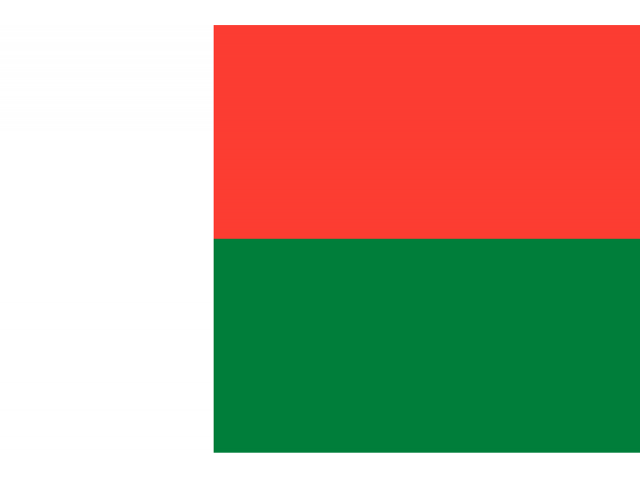
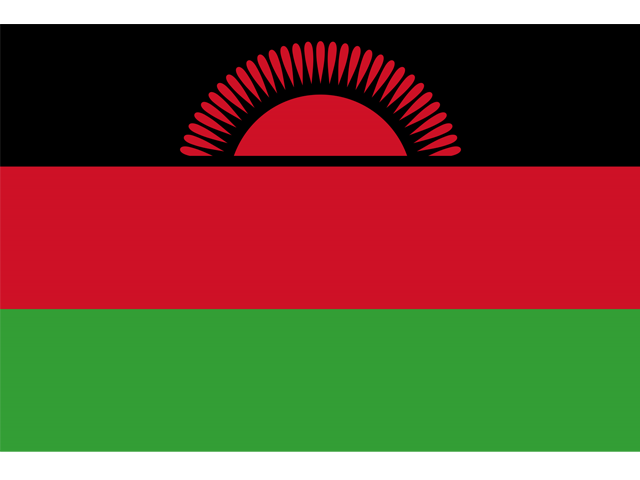
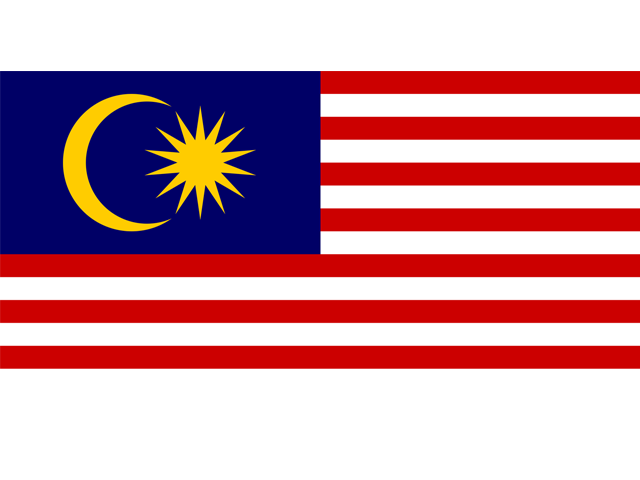
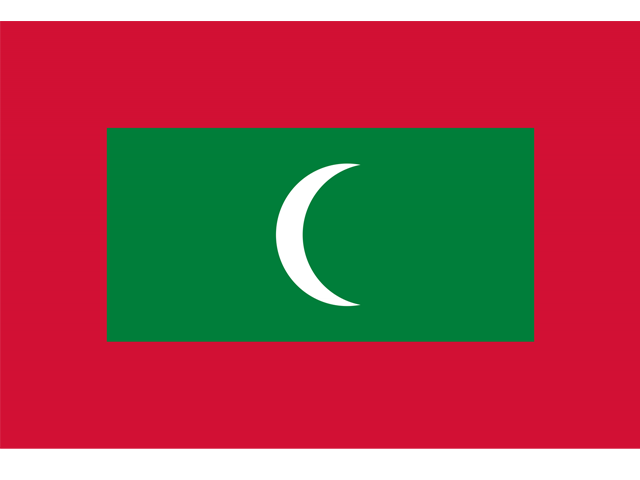
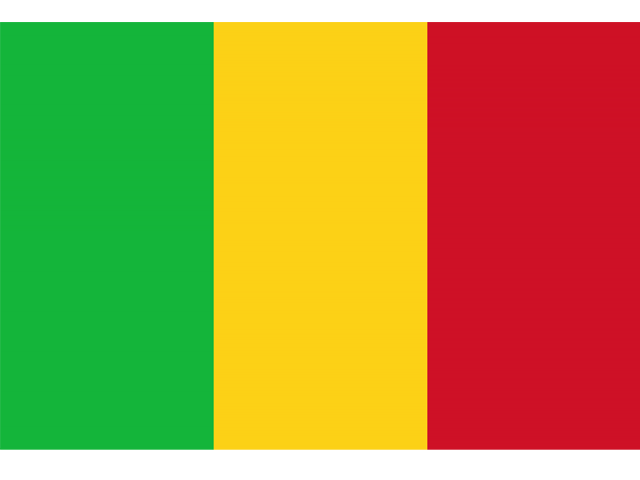
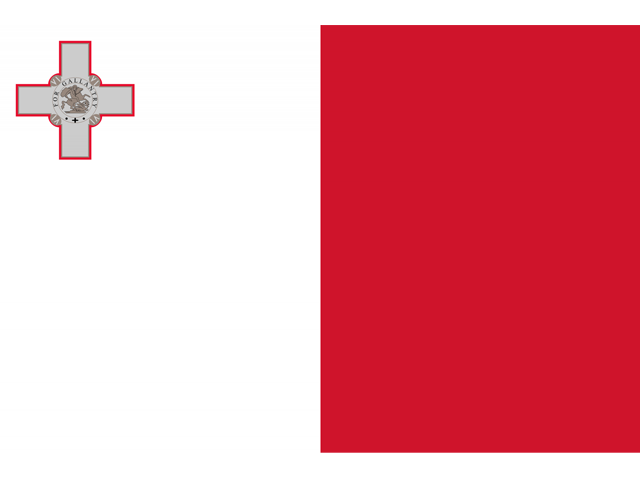
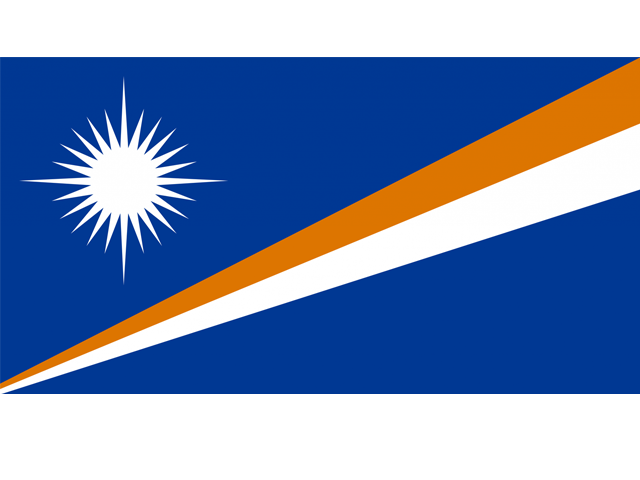
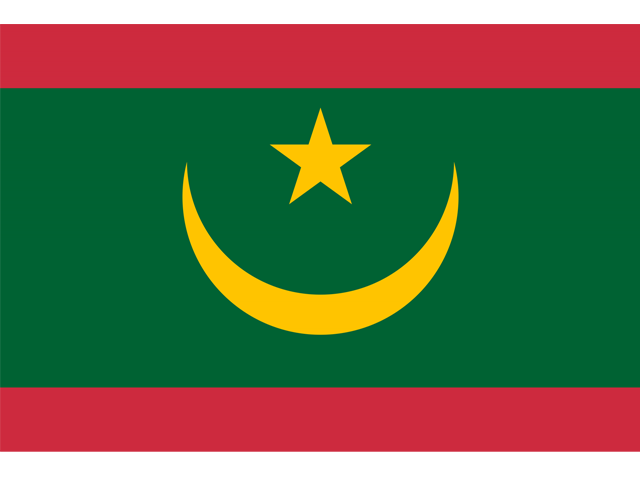
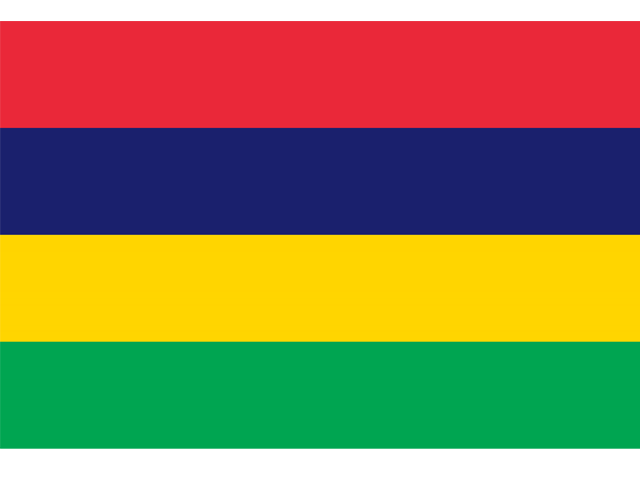
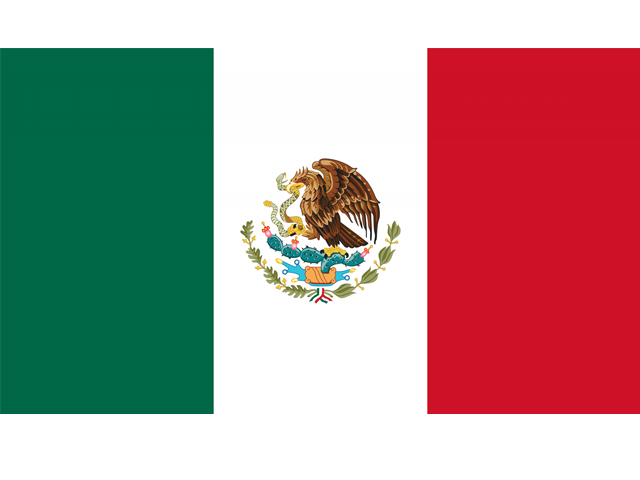
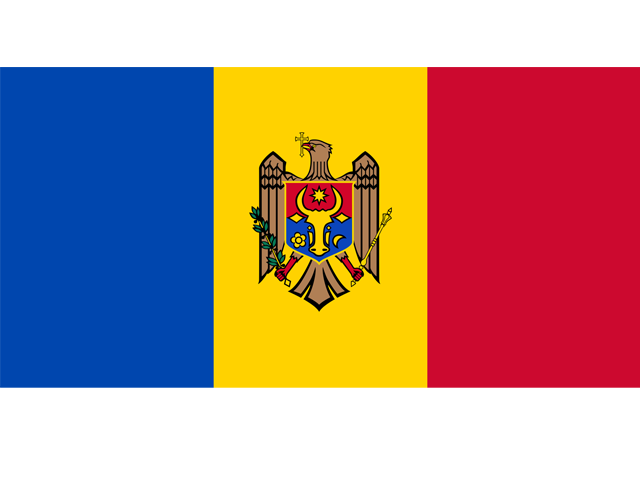
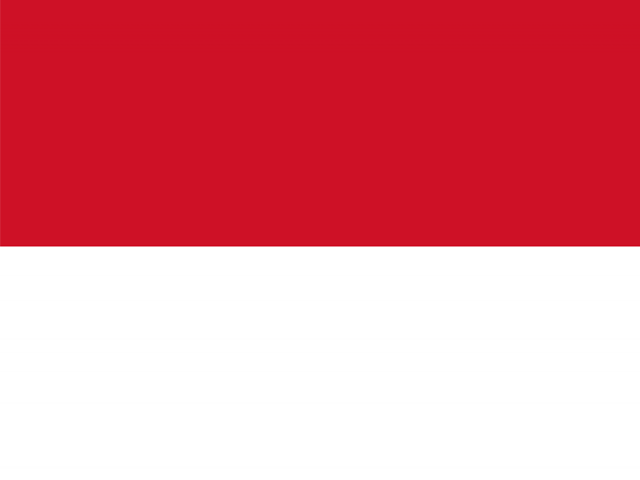
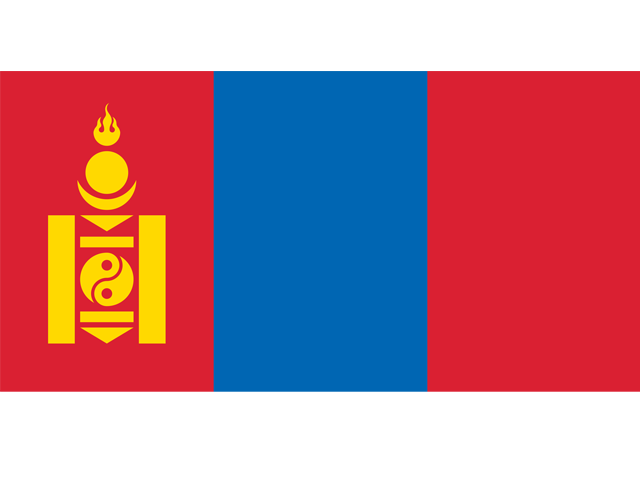
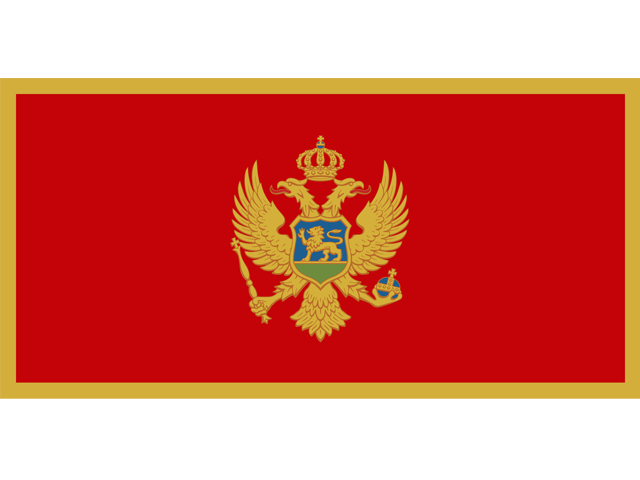
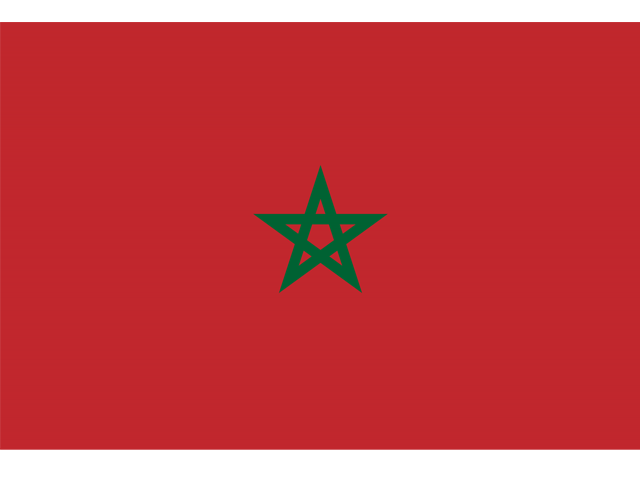
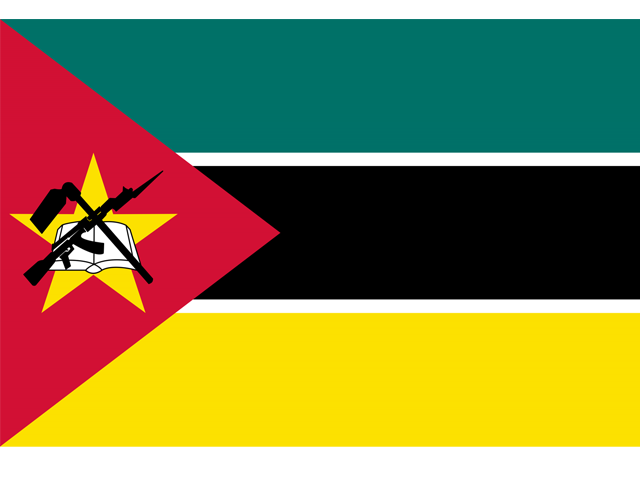
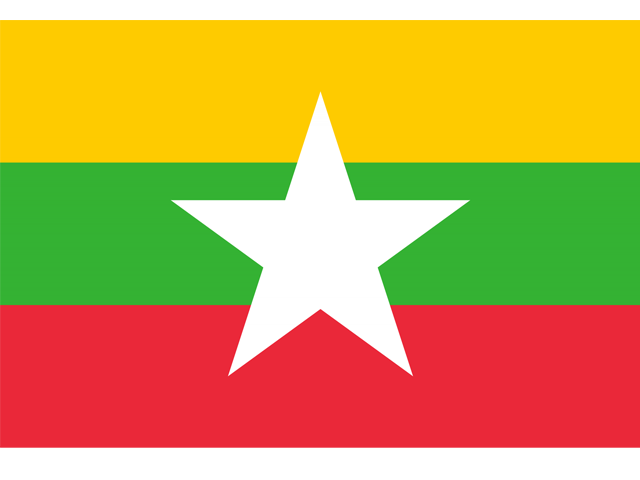
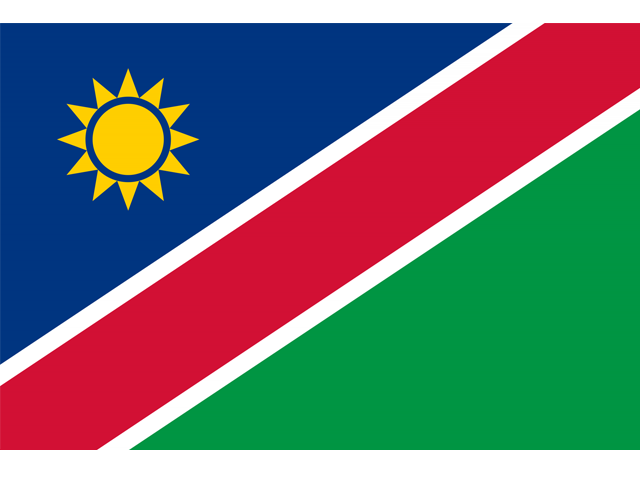
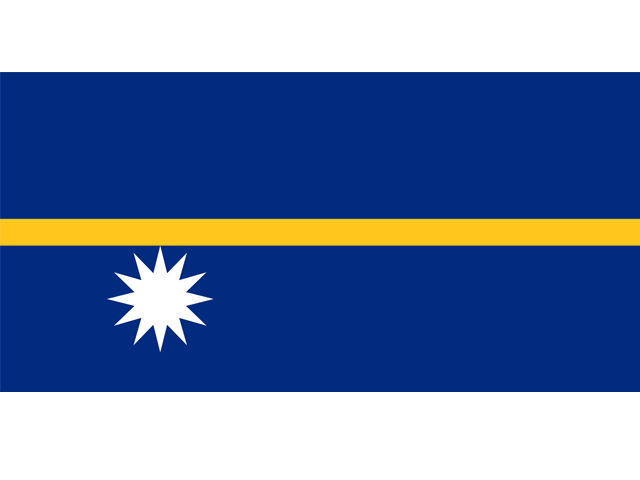
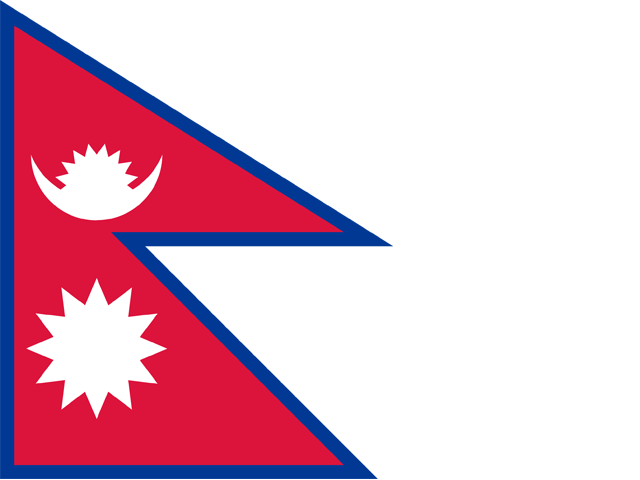
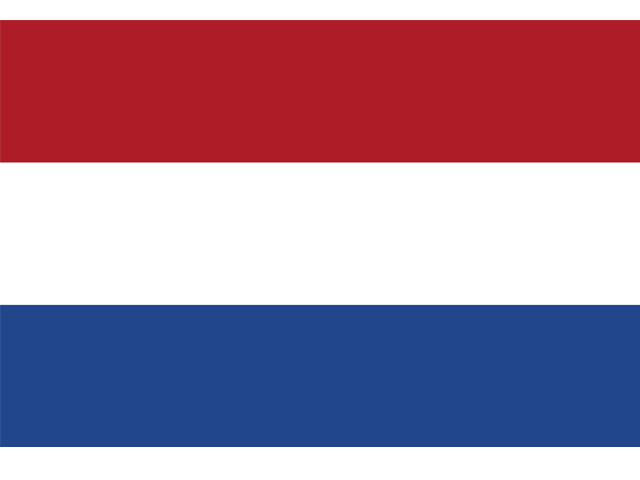
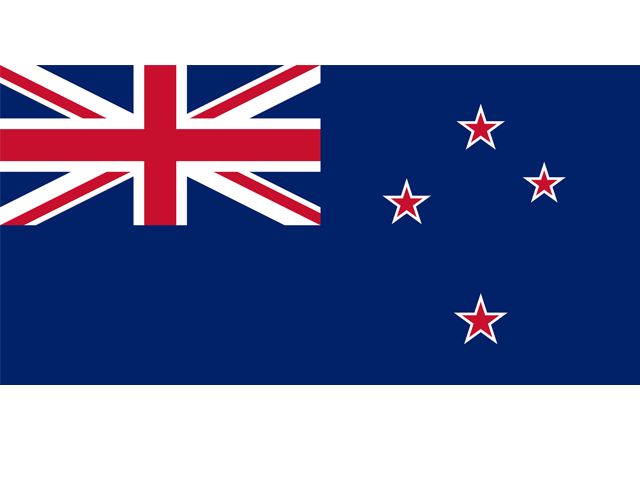
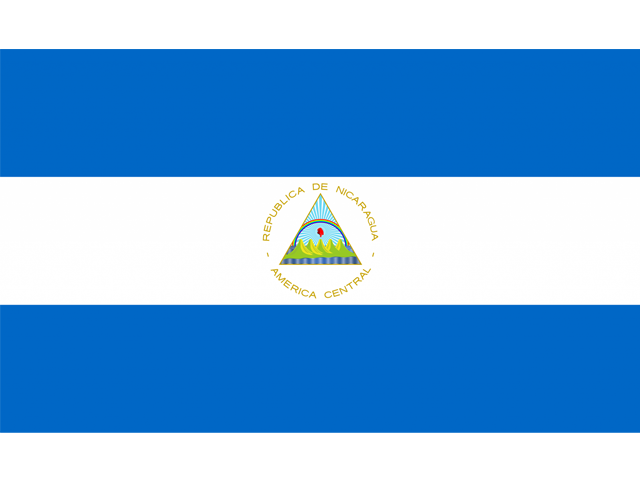
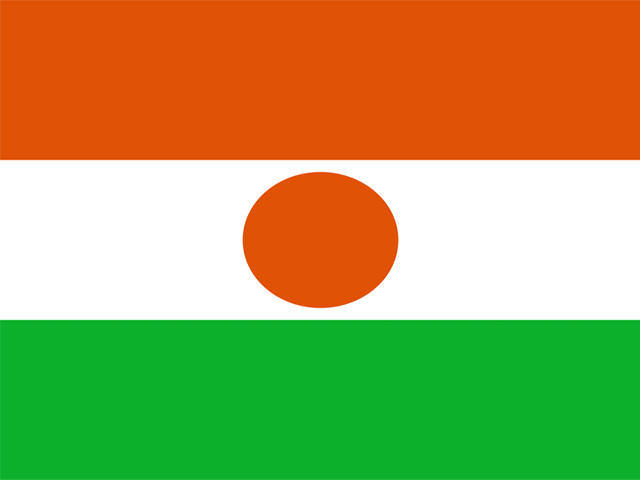
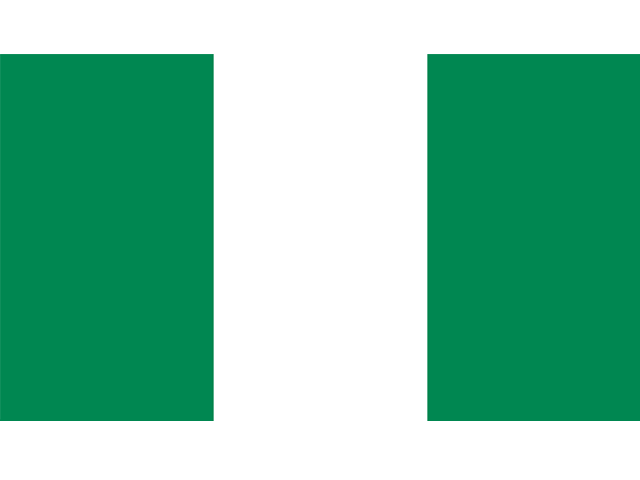
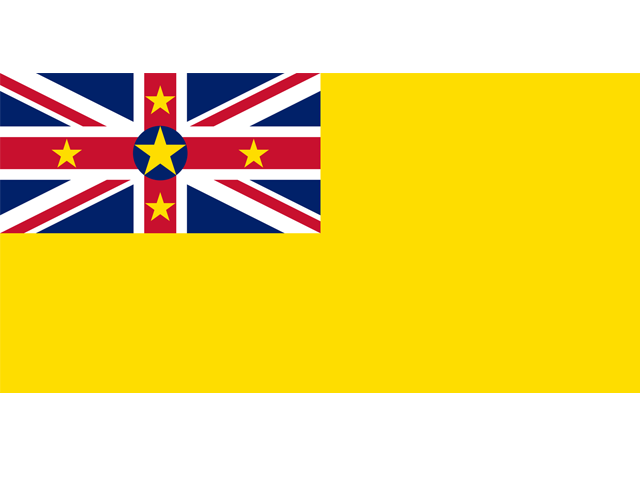
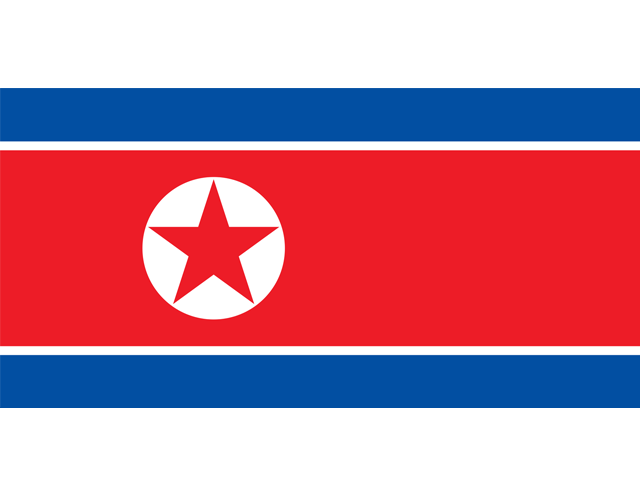
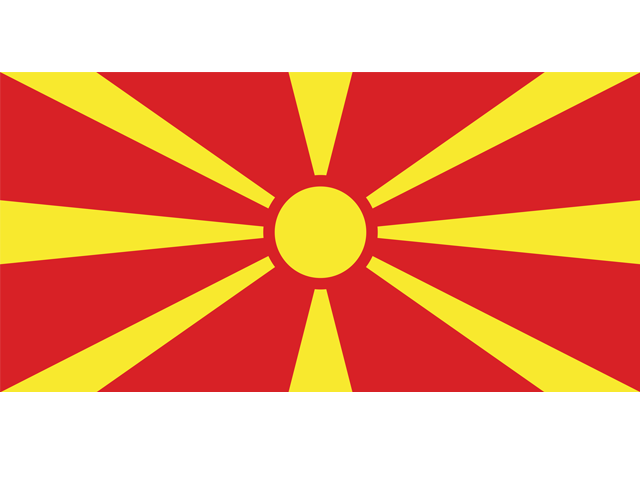
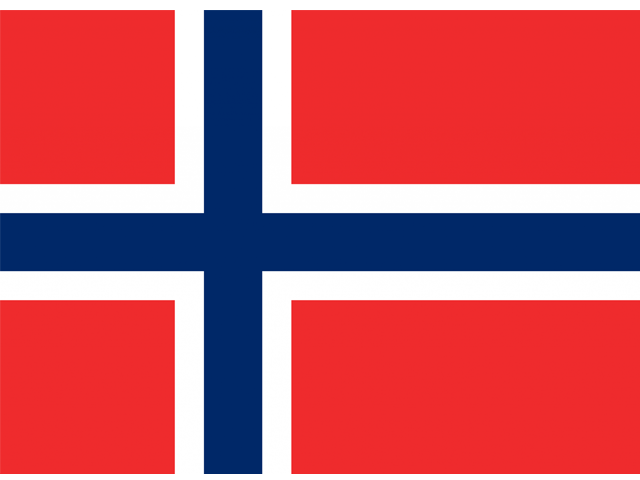
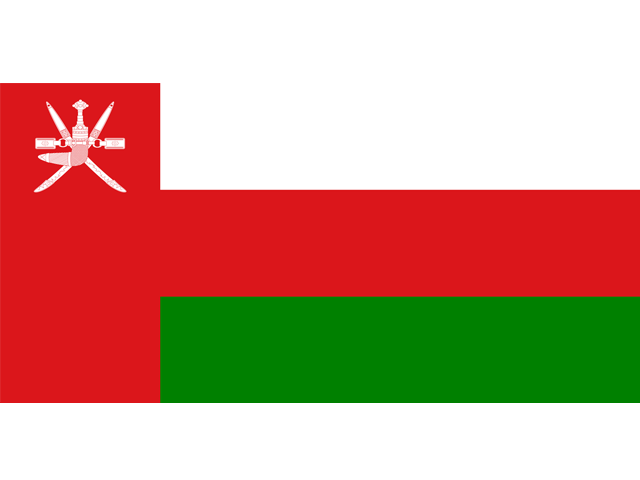
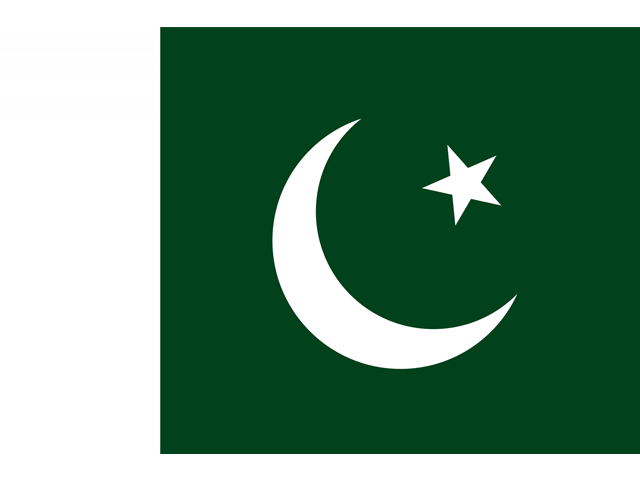
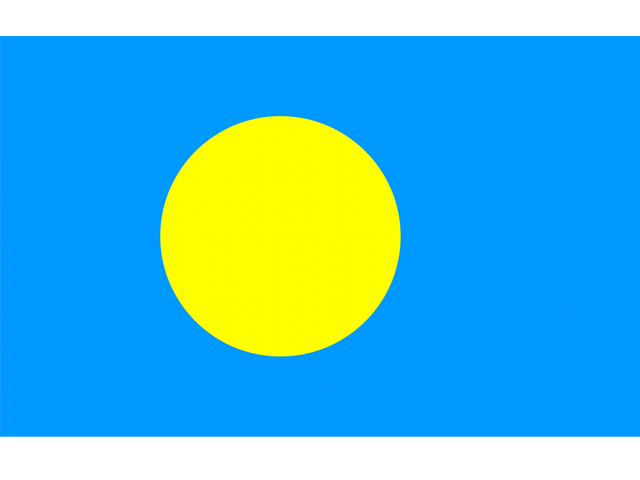
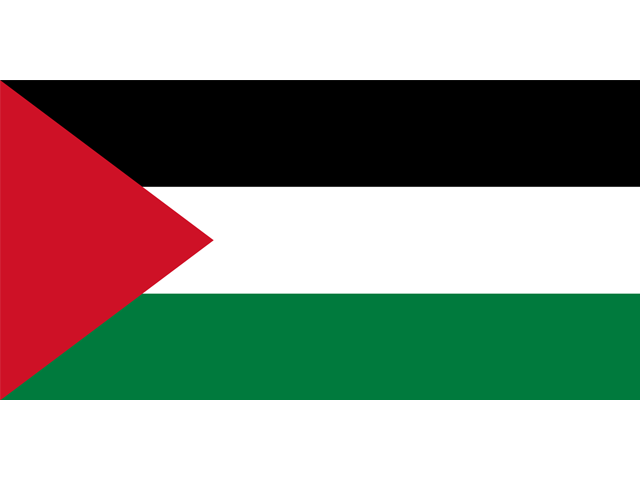
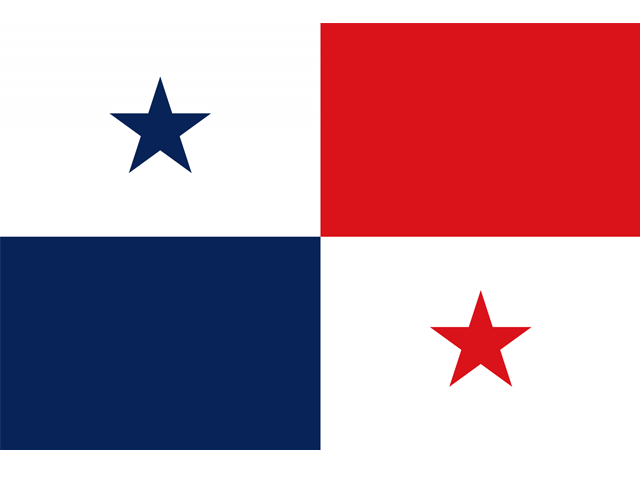
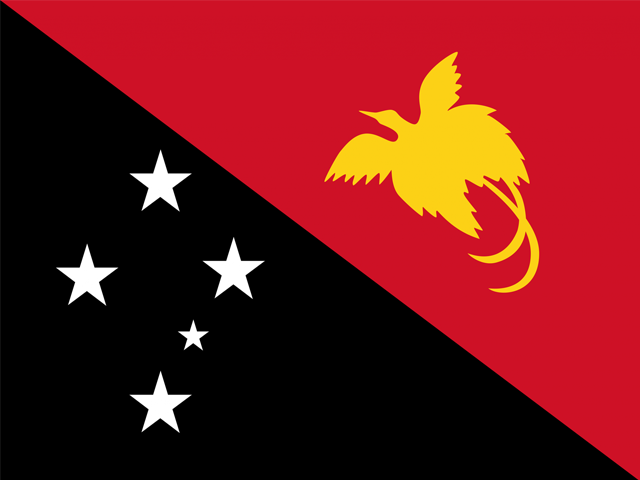
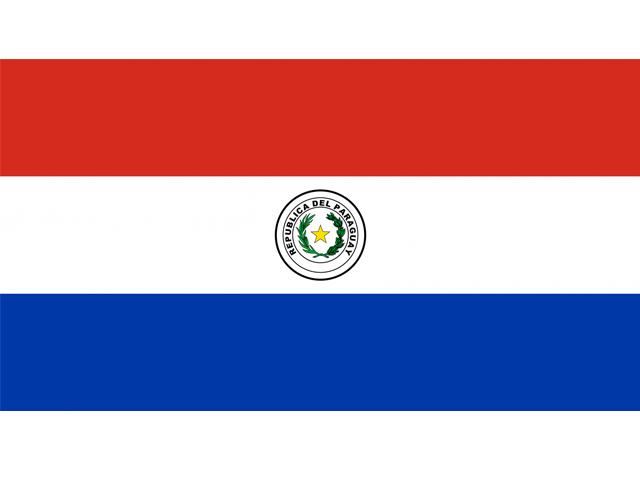

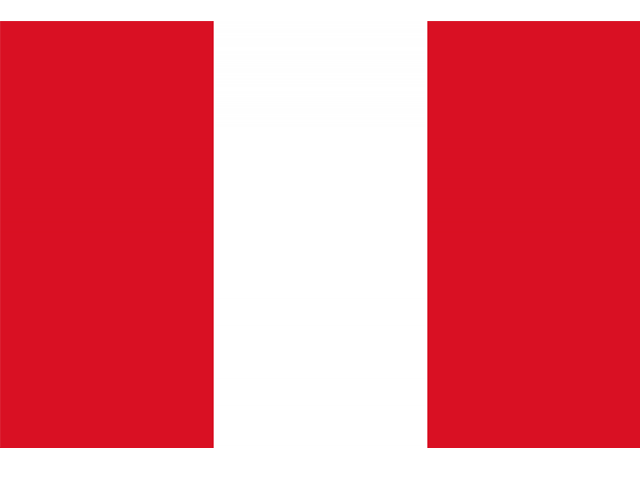
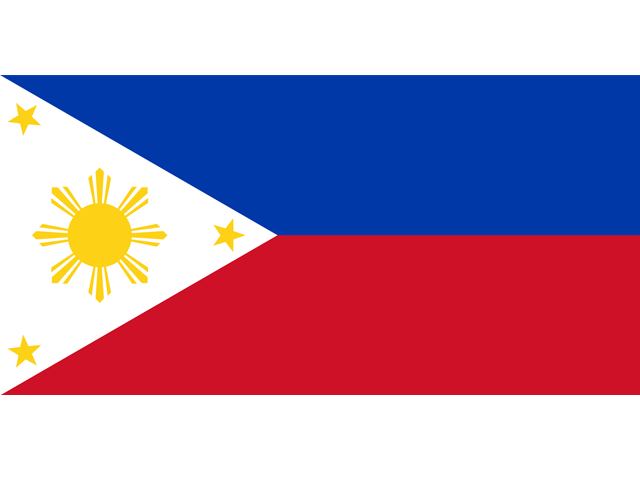

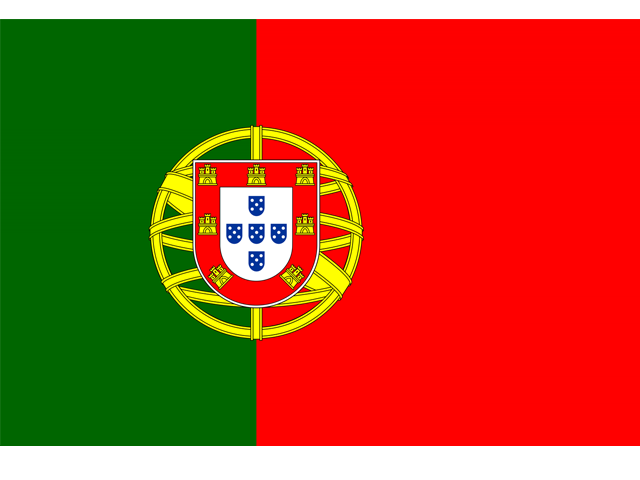
The world we inhabit is a marvel of diversity, containing approximately 7.9 billion people speaking over 7,000 languages across seven continents. Understanding our world requires more than knowing where countries are located—it demands appreciation for the interconnected systems of climate, culture, economics, and ecology that shape human civilization.
The world's surface is 71% water, yet only 2.5% of that water is fresh, with most trapped in glaciers and ice caps. Learning about the world reveals astonishing contrasts: Russia is so vast it spans 11 time zones, while Vatican City could fit inside Central Park 8 times over. The world contains extreme environments from the scorching Lut Desert in Iran, where ground temperatures reach 159°F, to Antarctica's Vostok Station, which recorded -128.6°F. The world's population is distributed unevenly, with over half of humanity living in just seven countries.
Exploring the world through maps and data helps us understand global challenges like climate change, resource distribution, and migration patterns. The world is also a place of remarkable human achievement, from ancient wonders like the Great Wall of China to modern marvels like the International Space Station. Every corner of the world has unique stories, ecosystems, and cultures worth discovering and protecting.
________________________________________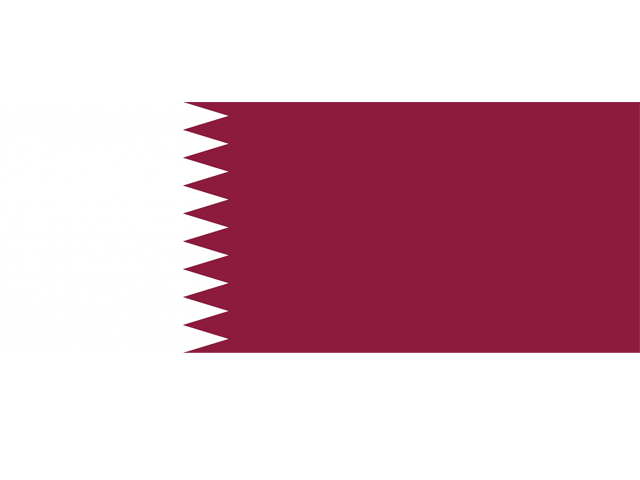
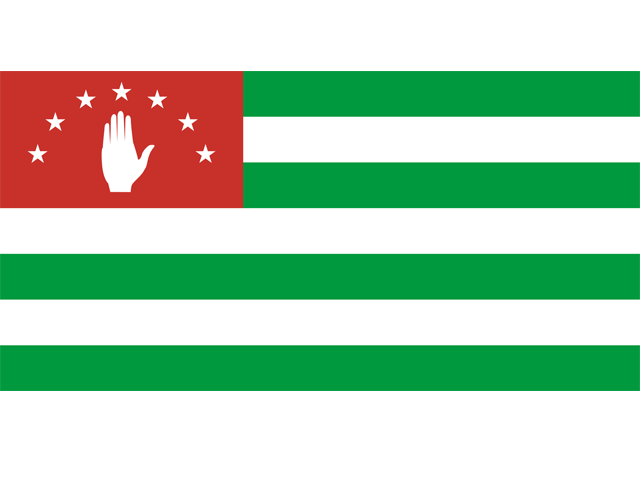
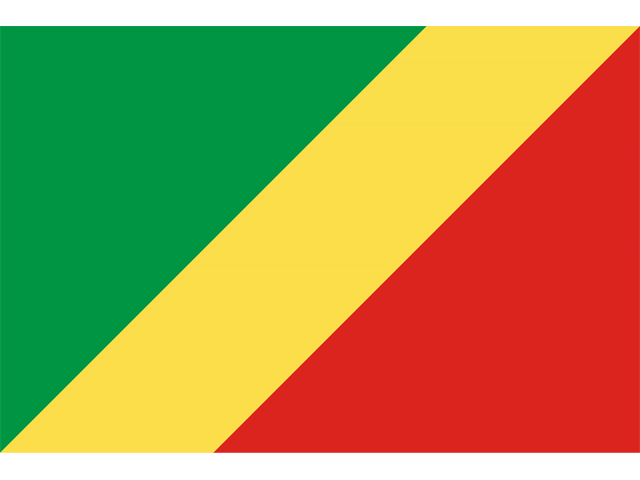
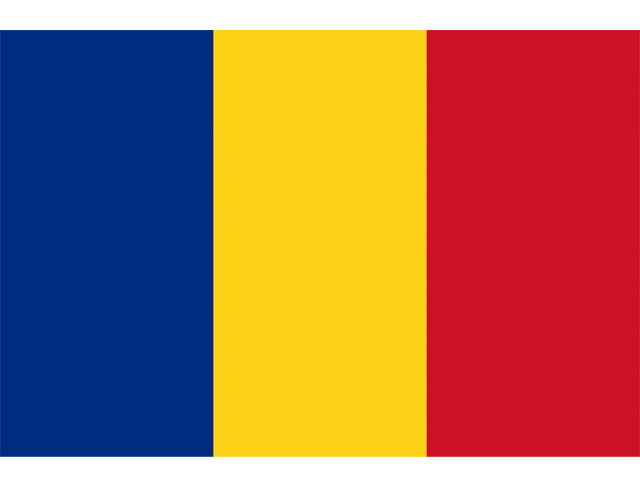
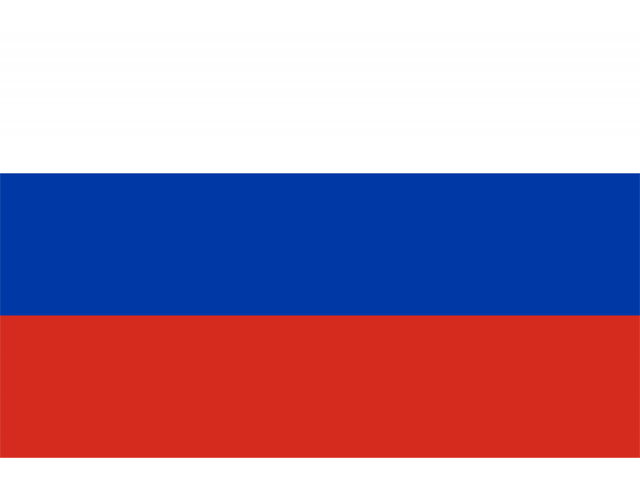
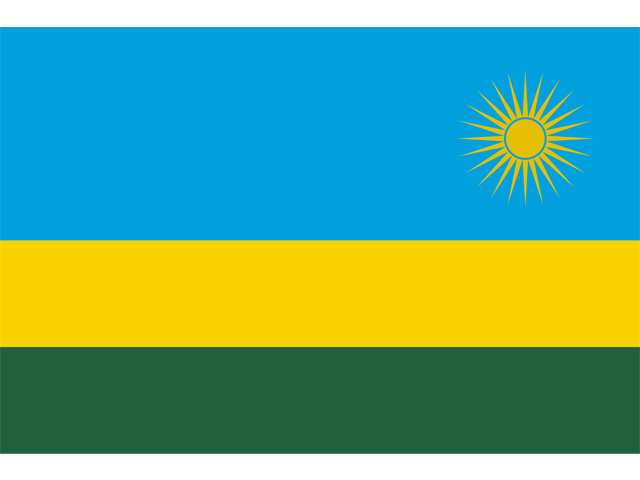
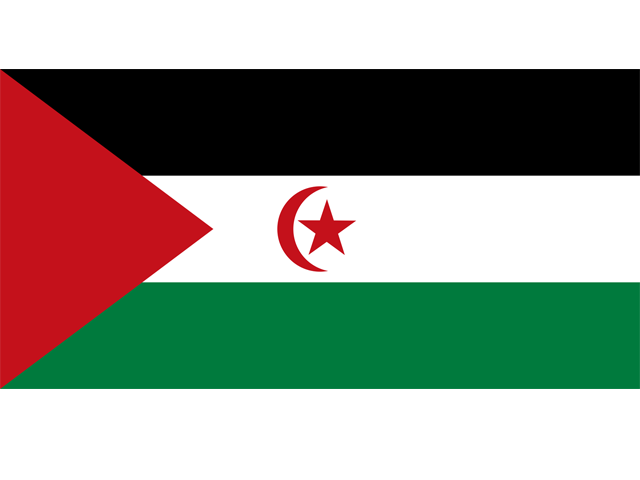
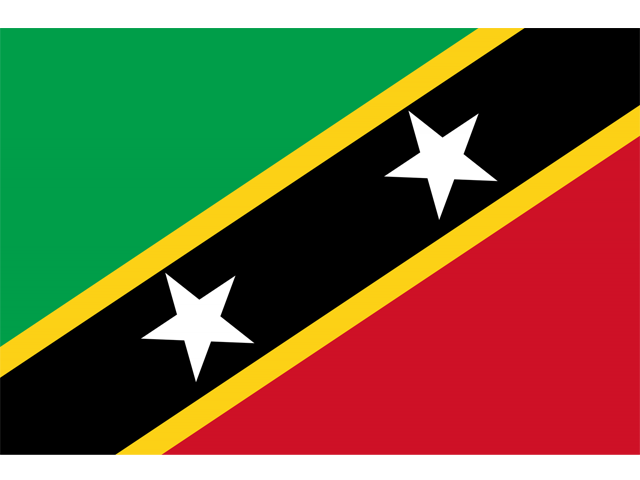
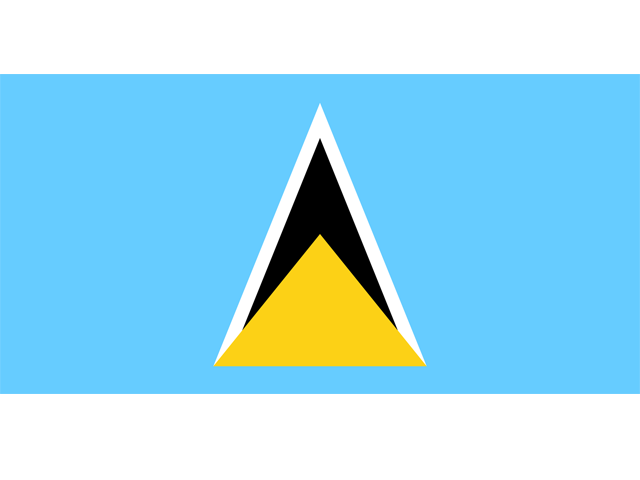
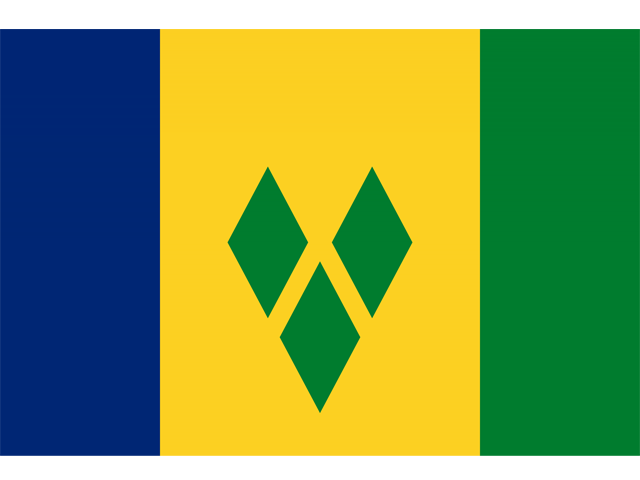
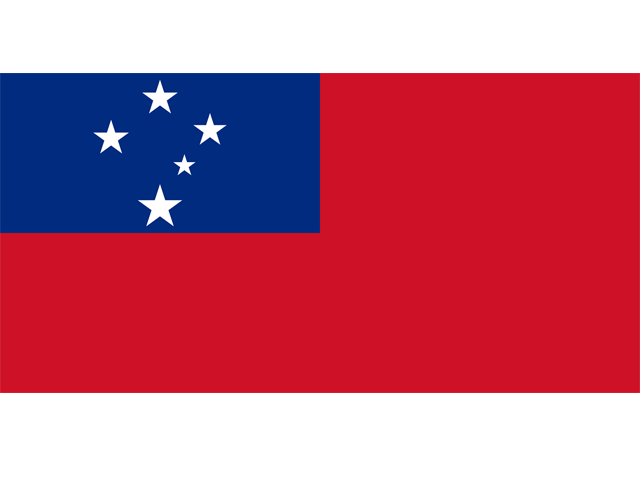
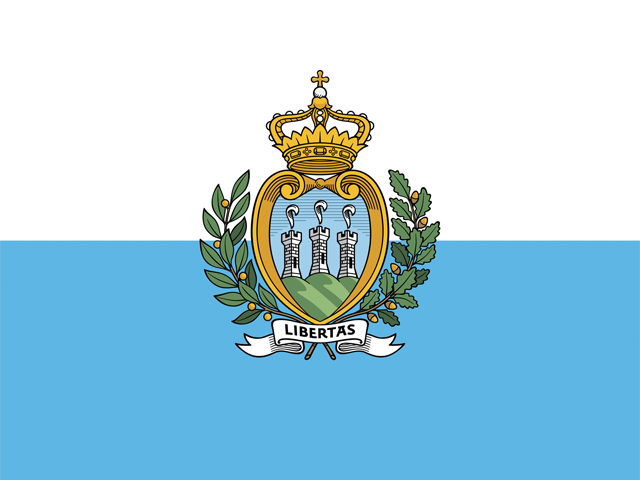
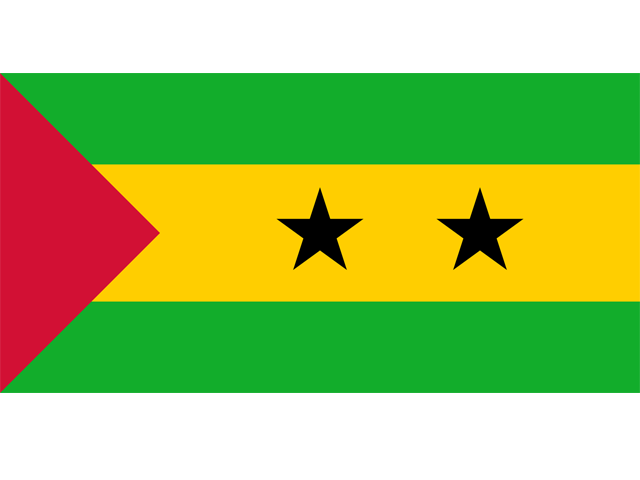
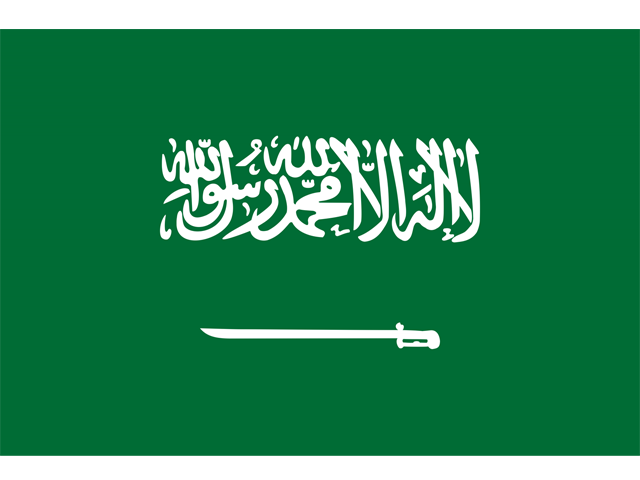
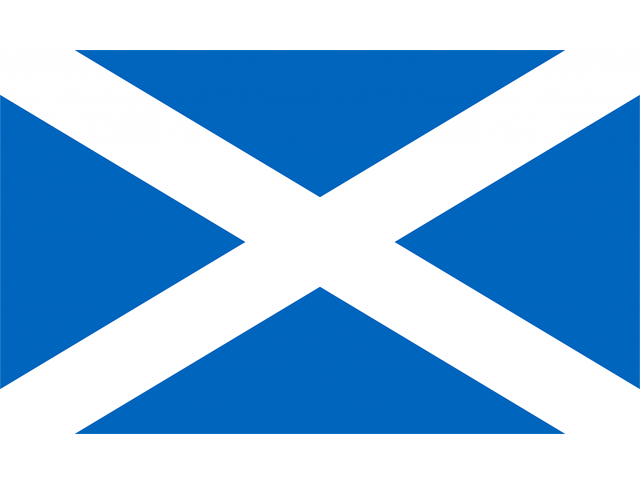
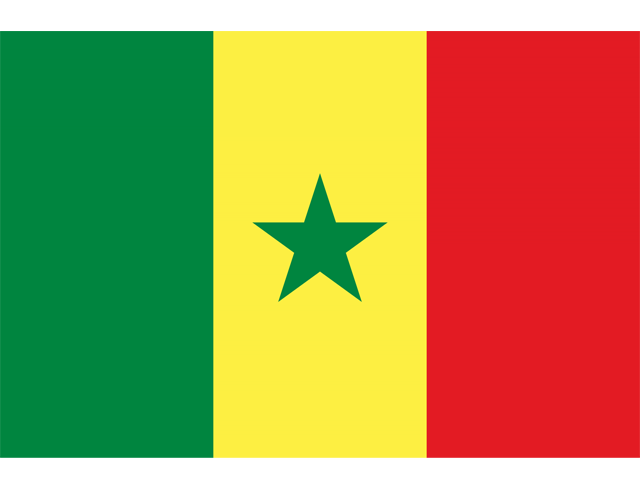
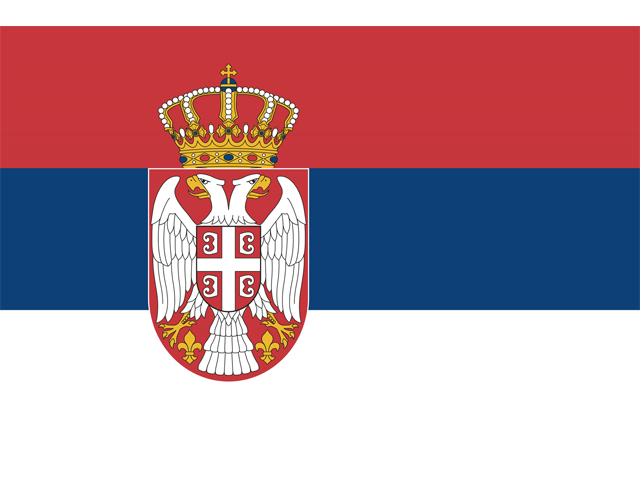
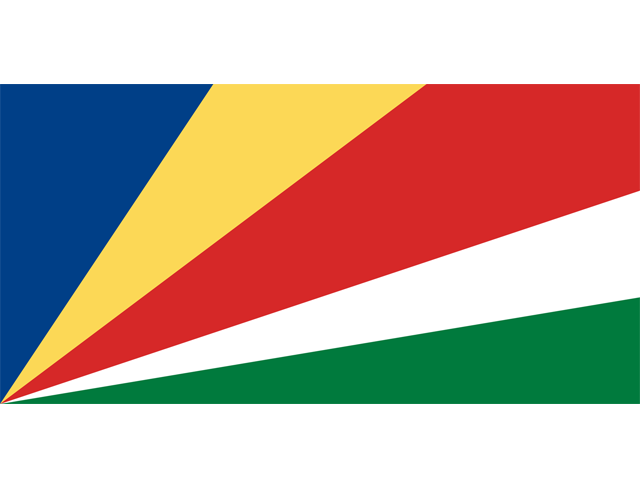

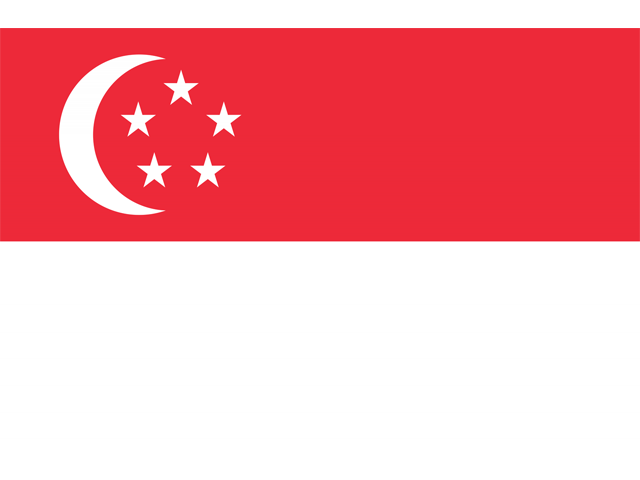
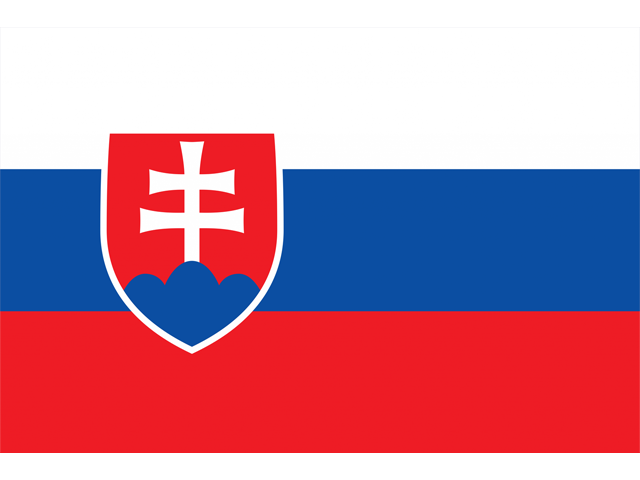
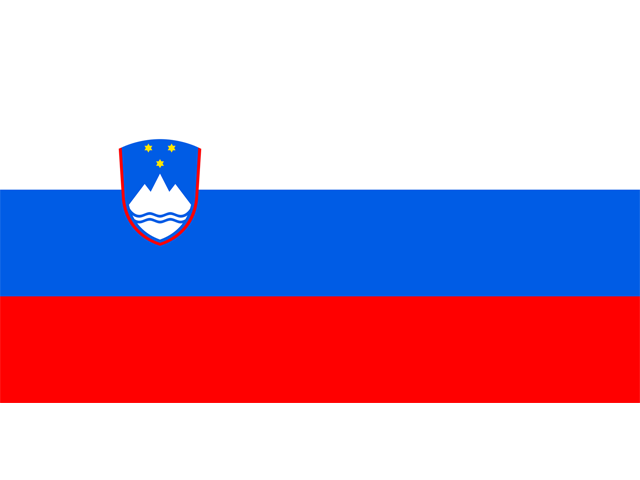
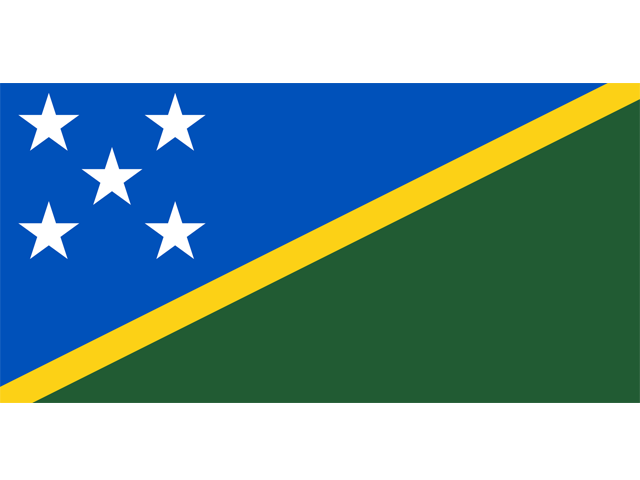
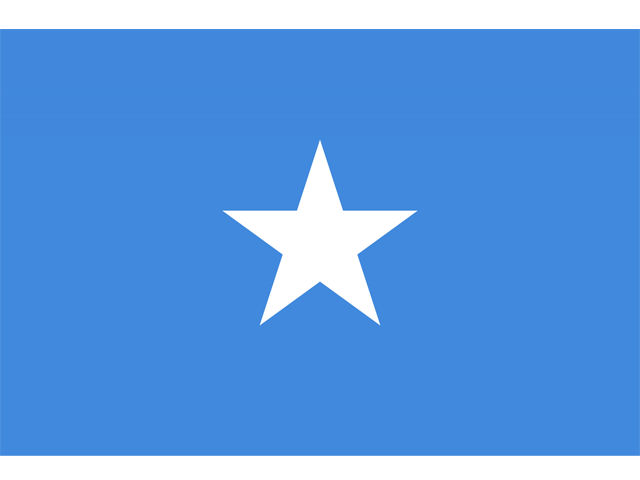
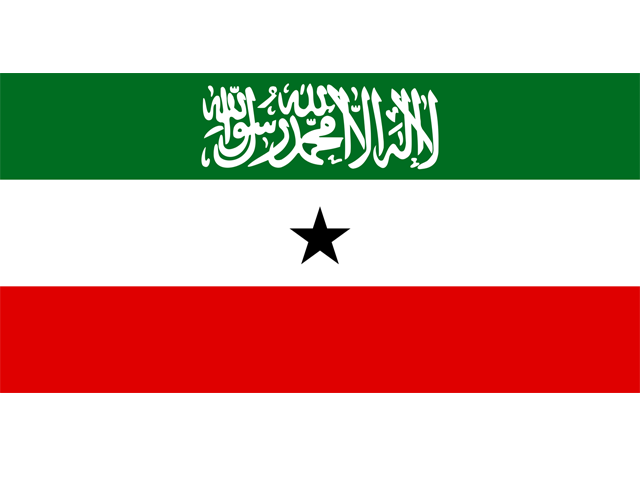
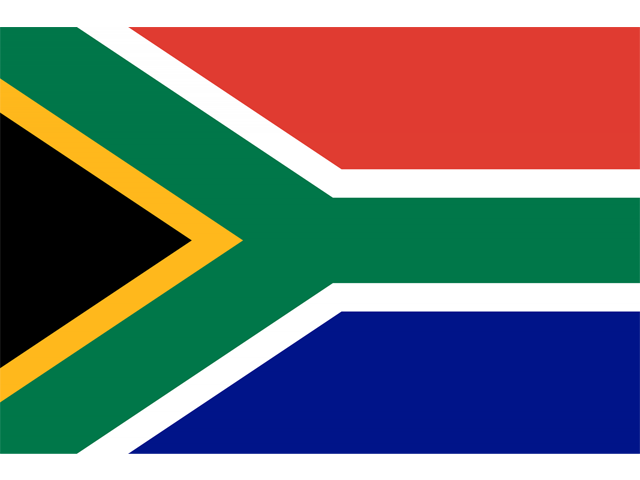
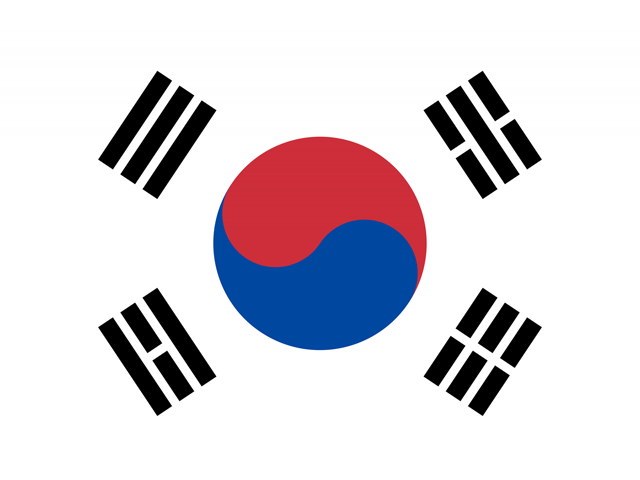
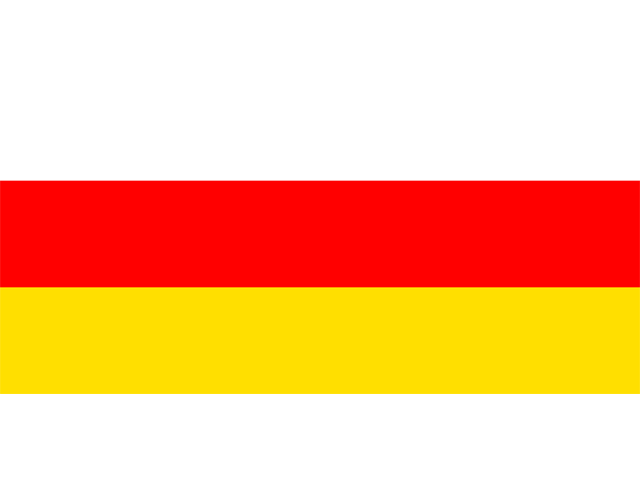
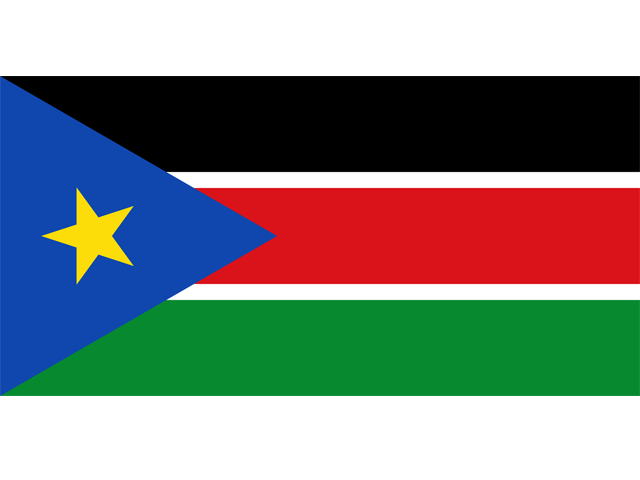
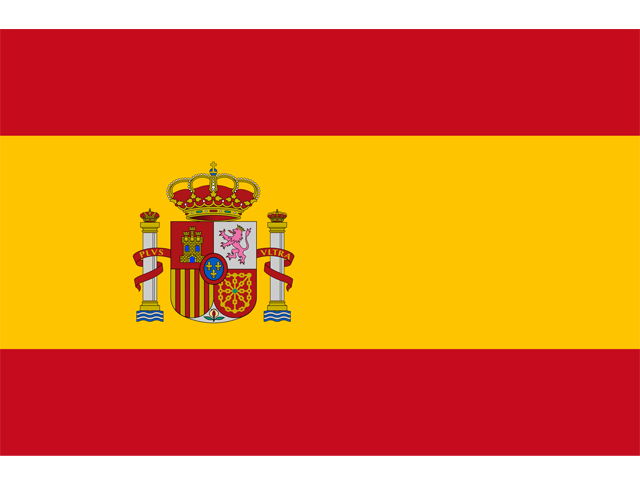
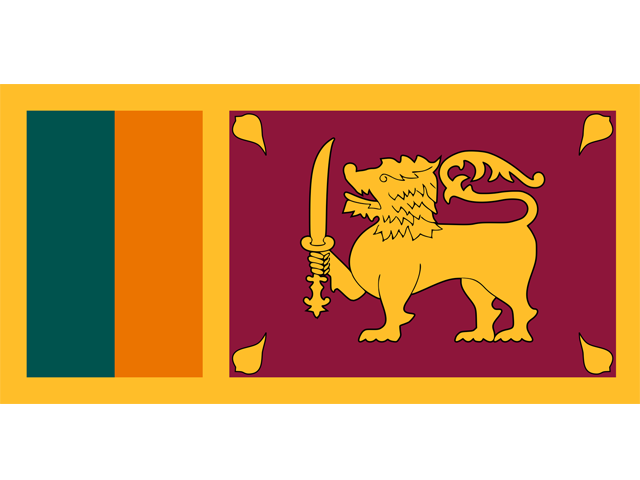
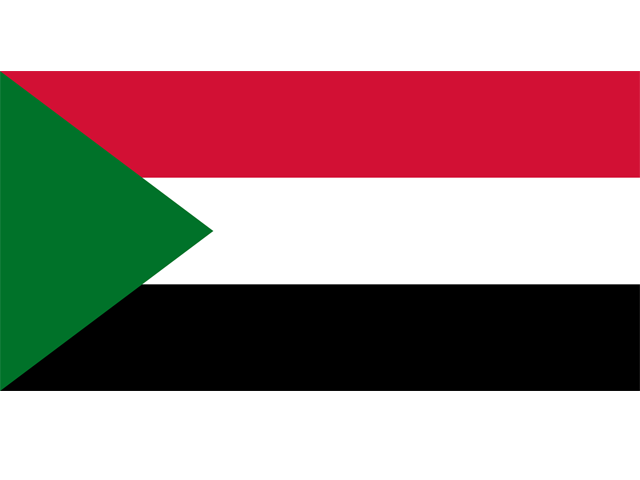
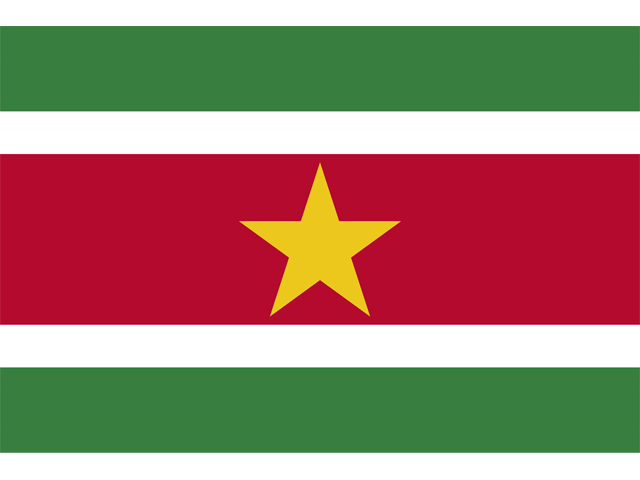
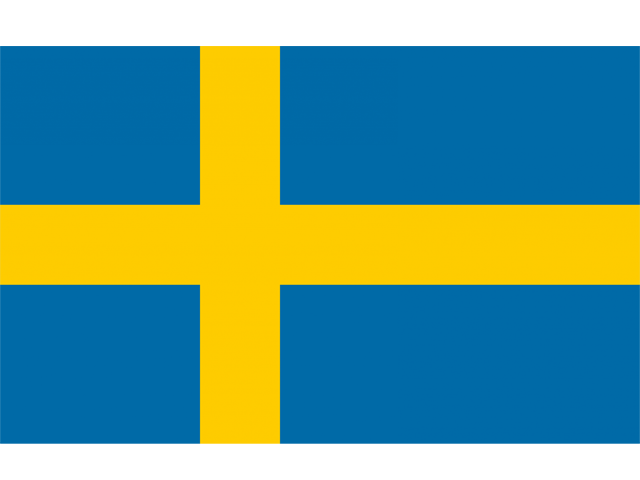
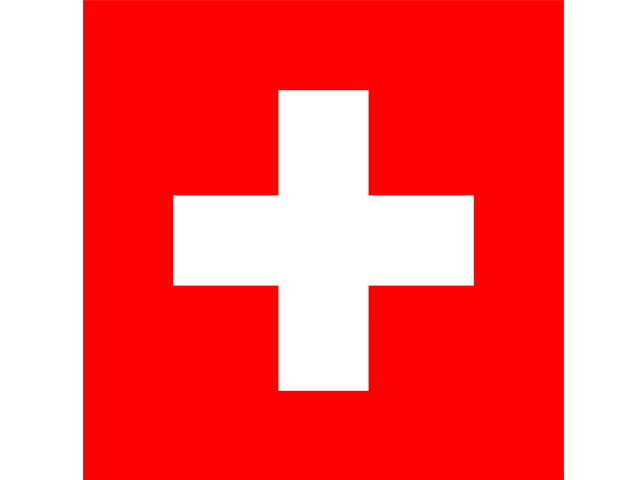
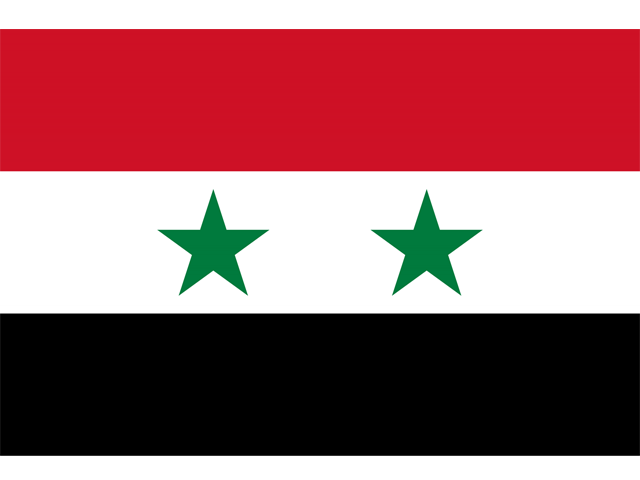
A country represents more than just territory on a map—it embodies a complex political entity with defined borders, government systems, and populations sharing common identity. The concept of a country as we understand it today is relatively modern, solidifying primarily after the Peace of Westphalia in 1648 established the principle of territorial sovereignty. Each country has unique characteristics: some are democracies while others are monarchies or authoritarian states; some span millions of square miles while others measure mere square kilometers.
The world's surface is 71% water, yet only 2.5% of that water is fresh, with most trapped in glaciers and ice caps. Learning about the world reveals astonishing contrasts: Russia is so vast it spans 11 time zones, while Vatican City could fit inside Central Park 8 times over. The world contains extreme environments from the scorching Lut Desert in Iran, where ground temperatures reach 159°F, to Antarctica's Vostok Station, which recorded -128.6°F. The world's population is distributed unevenly, with over half of humanity living in just seven countries.
The smallest country by area is Vatican City at just 0.17 square miles, while the largest country, Russia, covers over 6.6 million square miles. Understanding what makes a country official involves criteria from international law, including permanent population, defined territory, government, and capacity to enter relations with other states. Interestingly, not every country is recognized by all other countries—for instance, Taiwan functions independently but faces limited official recognition.
A country's geography profoundly influences its culture, economy, and political relationships; island countries develop differently than landlocked ones, and mountainous countries face unique infrastructure challenges. The diversity among countries is staggering: some countries are younger than many people alive today, like South Sudan (2011) and Eritrea (1993), while others trace their histories back millennia. Learning about different countries builds empathy, broadens perspectives, and helps us appreciate both human diversity and our shared humanity across borders.
________________________________________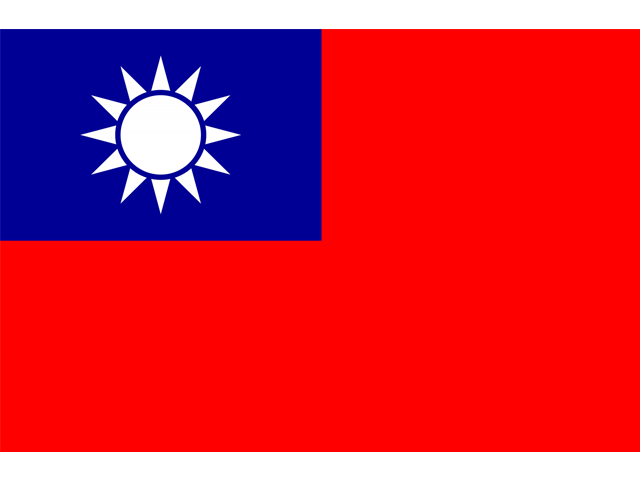
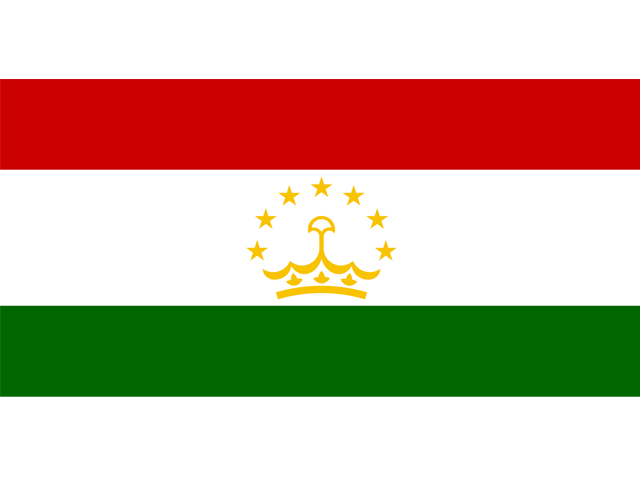
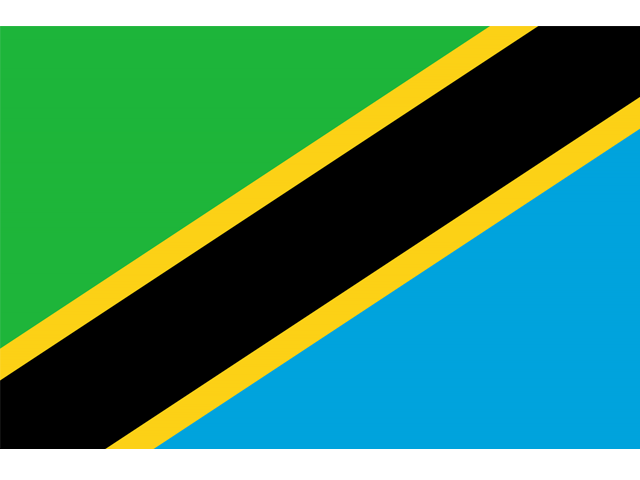
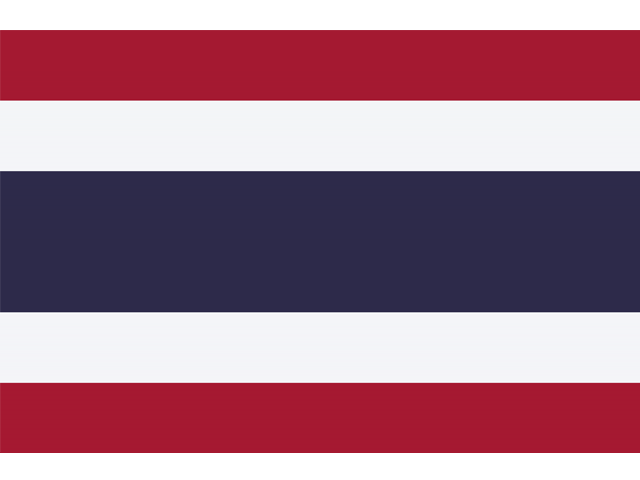
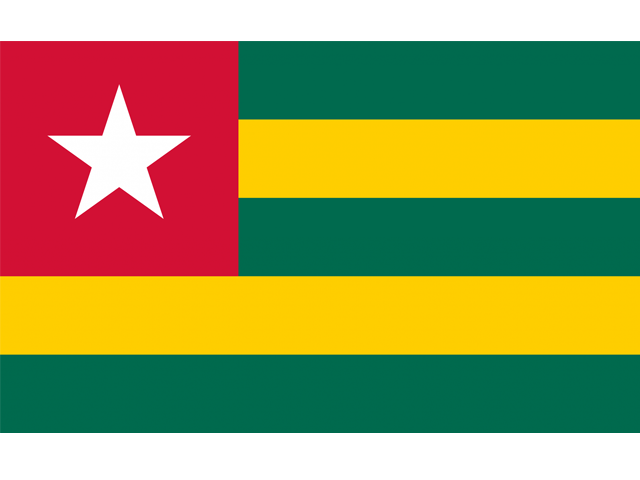

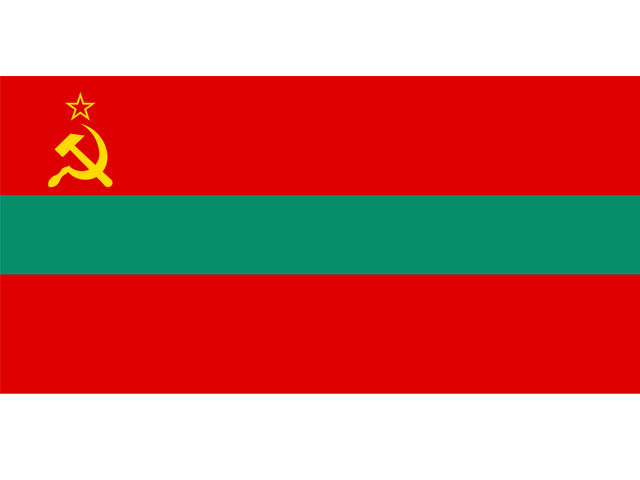
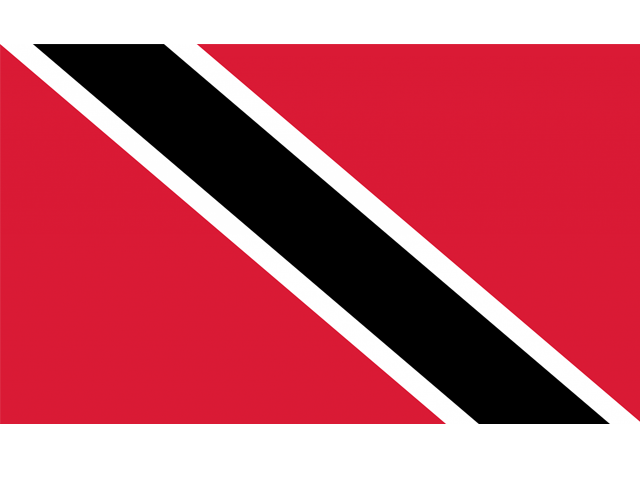
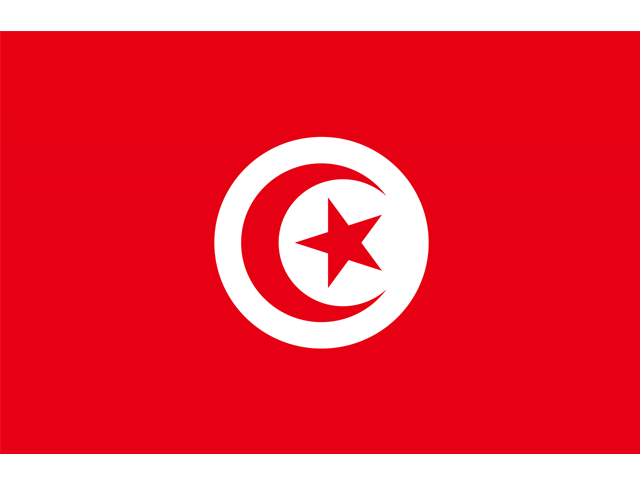
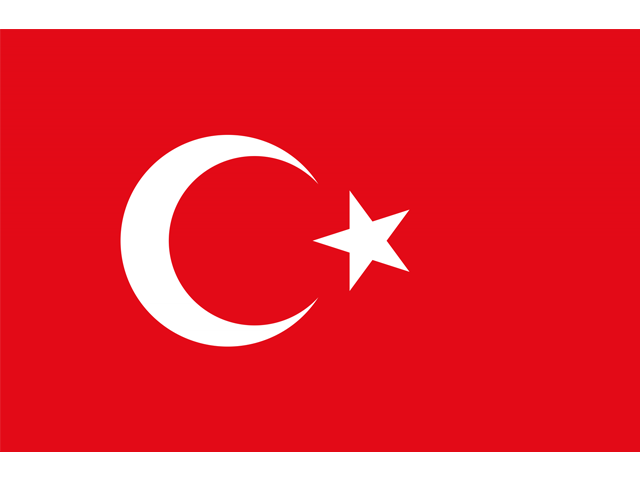
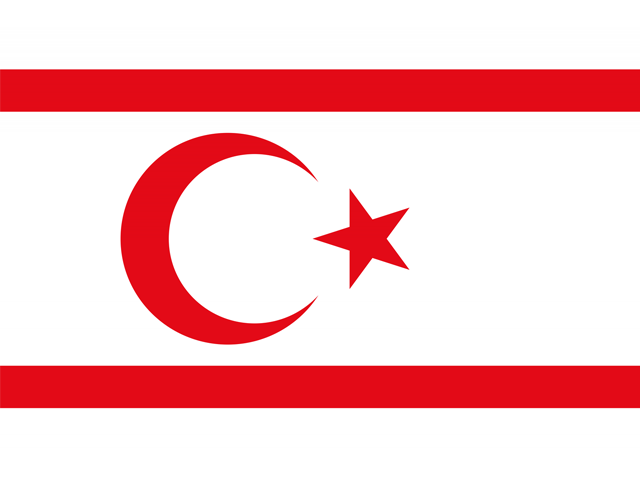
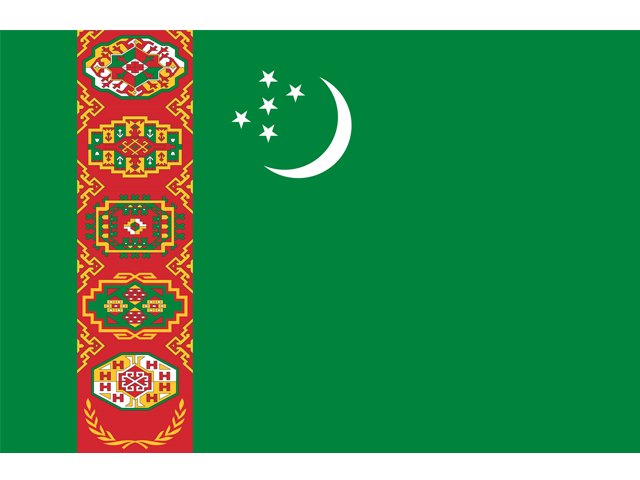
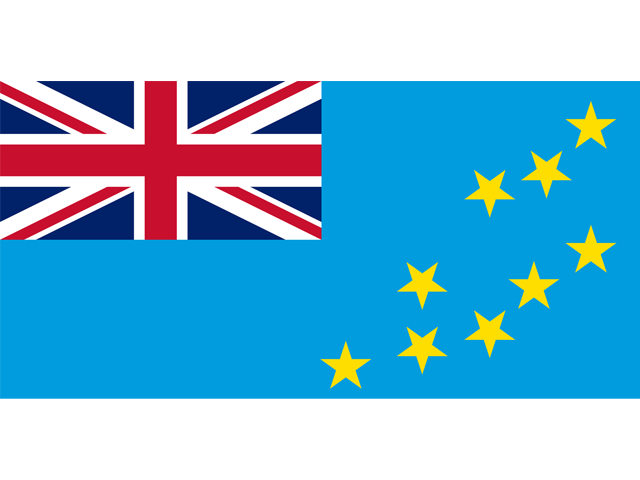
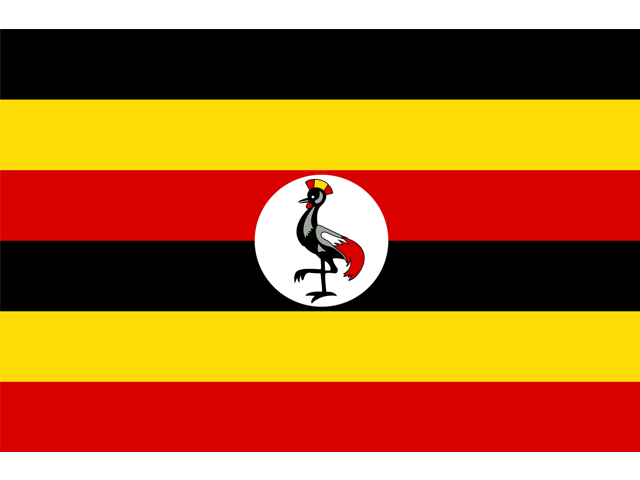

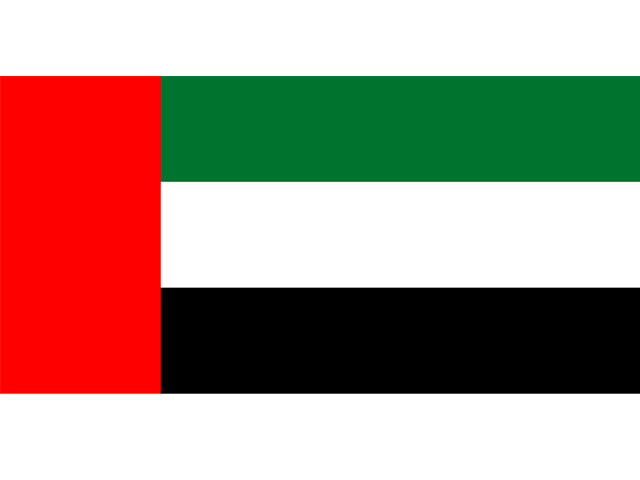
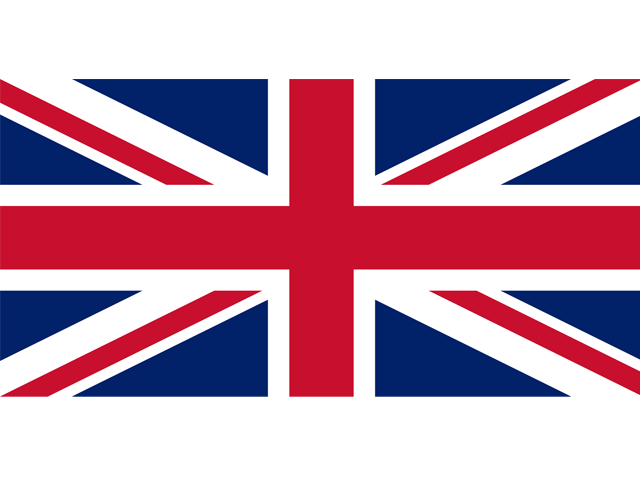
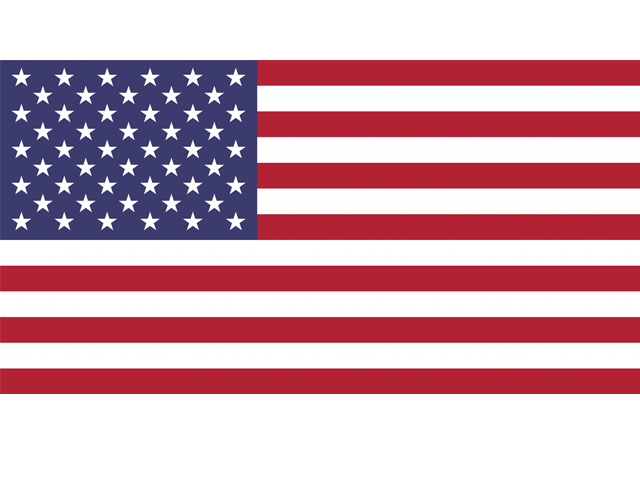
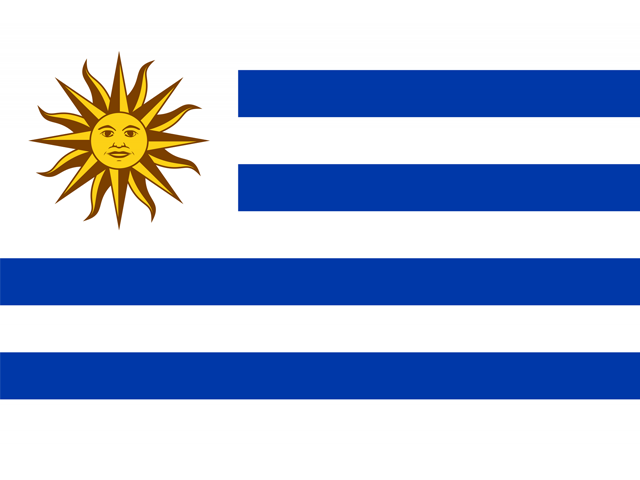
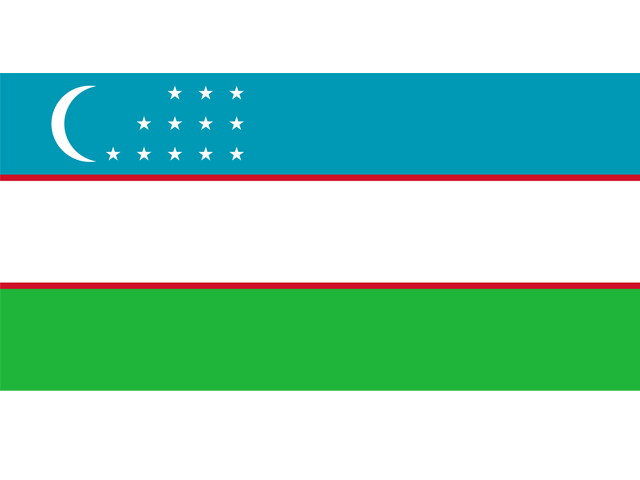
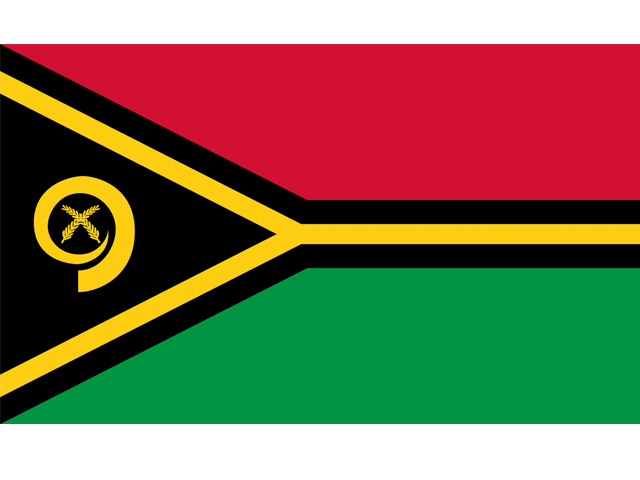
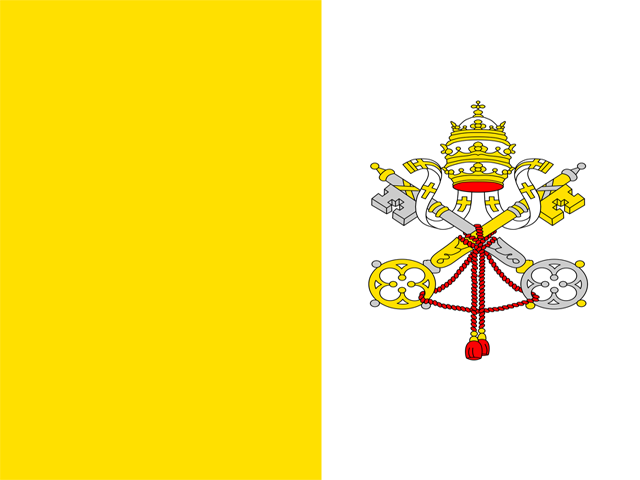
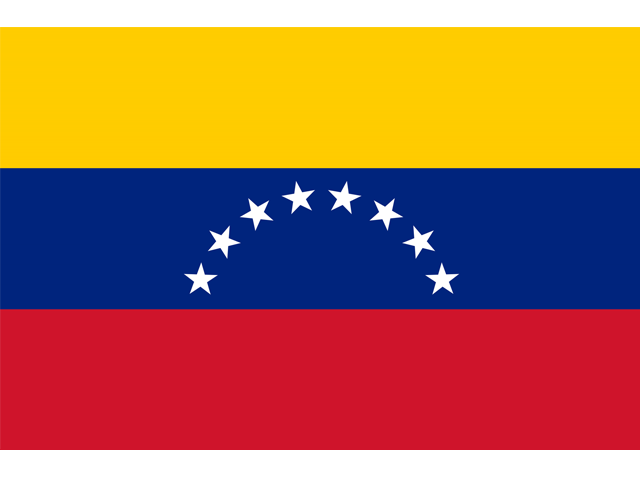
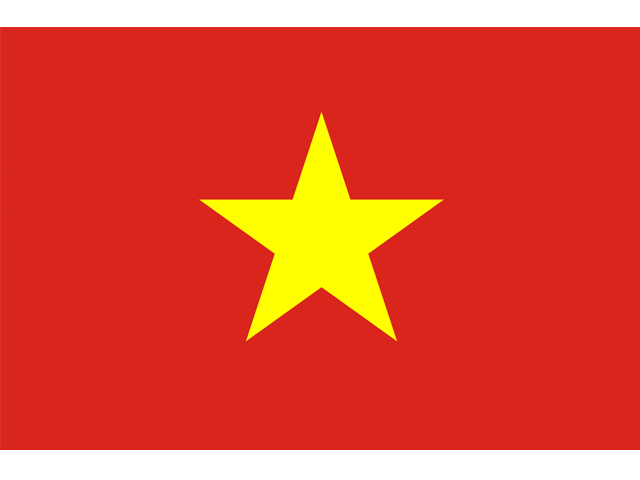
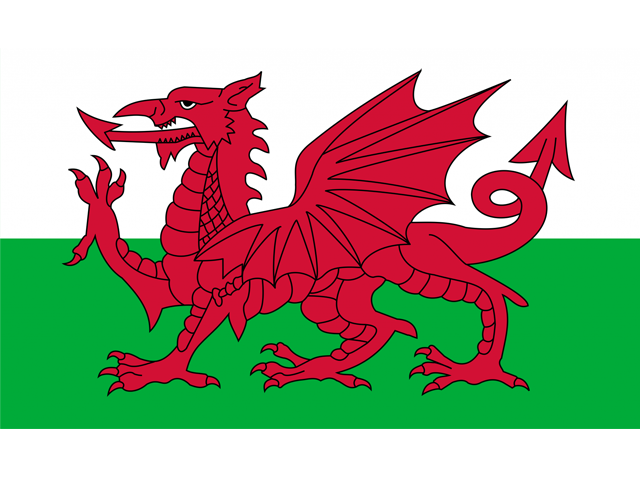

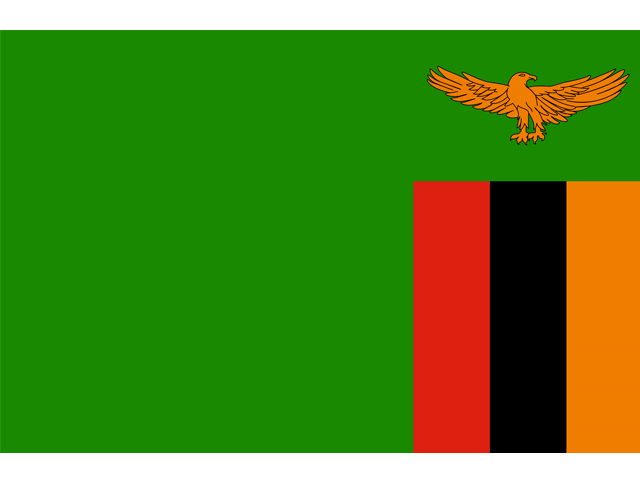
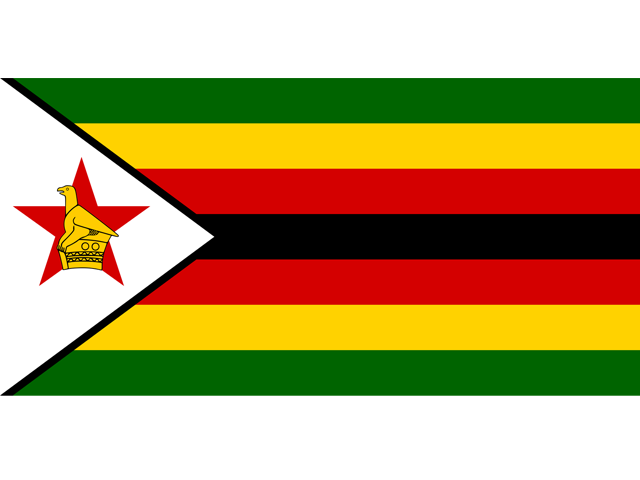
As we reach the end of our journey through the flags of the world, we're reminded that despite our differences in language, culture, and tradition, humanity shares common threads of hope, courage, and the desire for freedom and prosperity. Each flag in this collection represents millions of people with their own dreams, struggles, and triumphs.
These colorful banners serve as bridges between past and present, connecting us to the stories of those who came before while pointing toward the future each nation hopes to build. They remind us that our world is beautifully diverse, yet fundamentally united in our shared humanity.
We hope this collection has not only informed you about the visual identities of nations around the globe but has also inspired a deeper appreciation for the rich cultural heritage that makes our world so wonderfully complex and interconnected. Every flag waves as a testament to the enduring human spirit and our collective journey through history.
Thank you for exploring the flags of the world with us. May this knowledge foster greater understanding and connection across all borders.

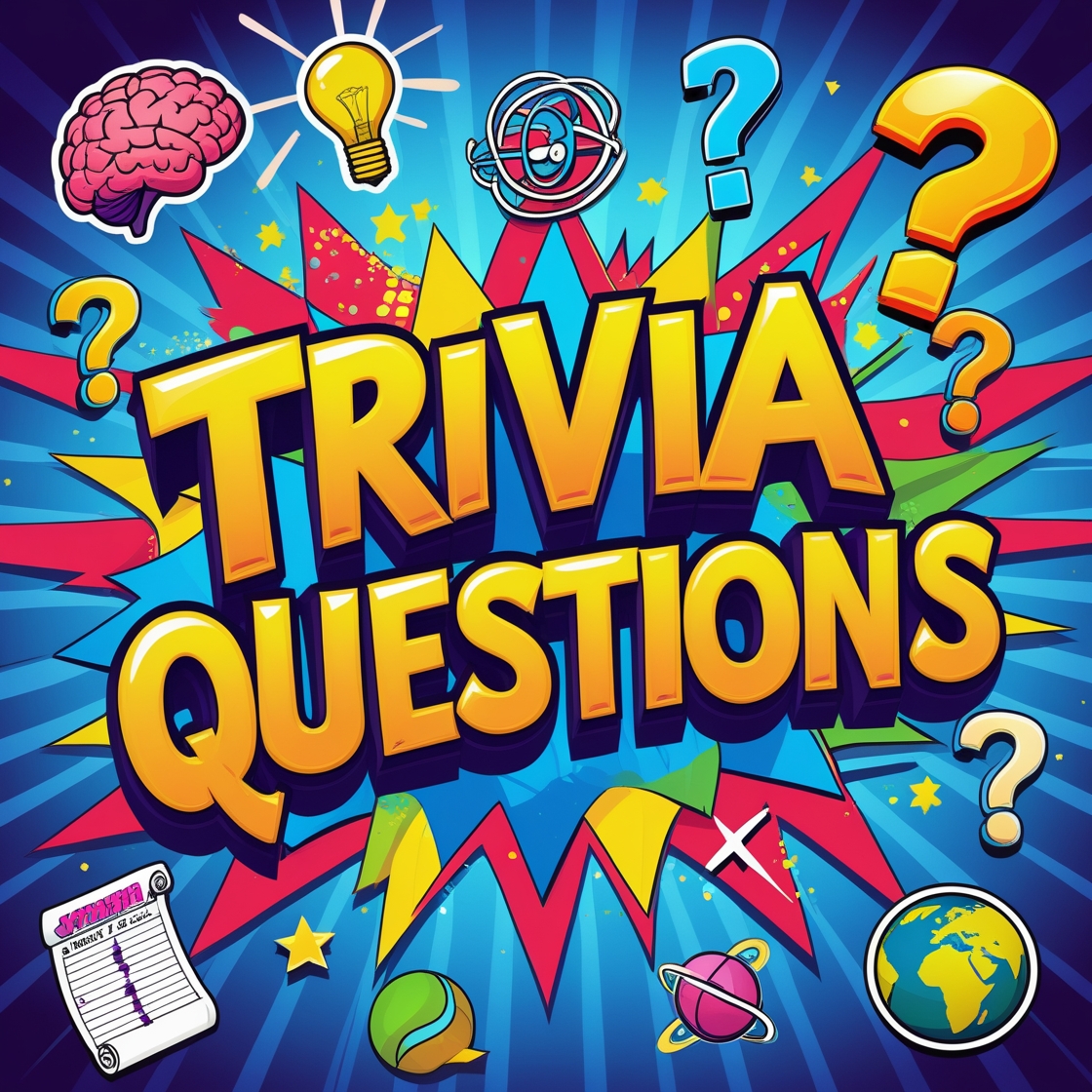
Test your knowledge with fun trivia questions with answers! Challenge friends, learn facts, and boost your IQ. Free collection covering all topics and categories.
Play Now...
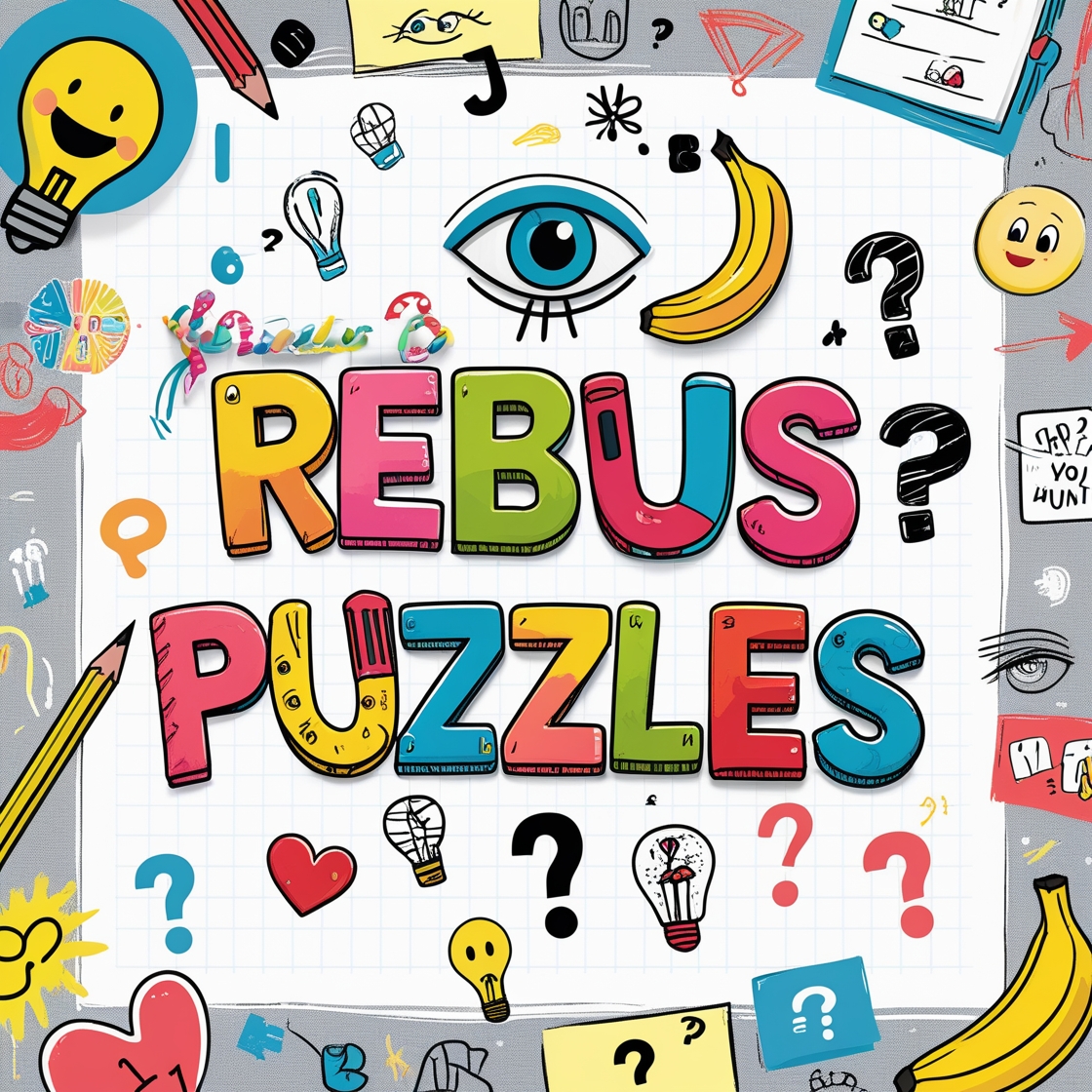
Solve fun rebus puzzles with answers provided! Brain teasers using pictures, words, and symbols. Test your logic skills with our free collection and solutions.
Play Now...

Fun riddles for kids with answers! Easy brain teasers, silly jokes, and educational puzzles perfect for children. Free collection with simple solutions included.
Play Now...
We're committed to providing you with the best possible puzzle-solving experience. If you encounter any technical issues, broken links, missing answers, or content that isn't displaying properly, please don't hesitate to reach out to us at ...
digigrow.to@gmail.com
Your feedback helps us maintain the quality and functionality of our platform, ensuring that every visitor can enjoy our riddles, quizzes, and brain teasers without interruption. We appreciate your assistance in keeping our website running smoothly for the entire puzzle-loving community!
All rights reserved 2024 - 2025.
Designed by DigiGrow